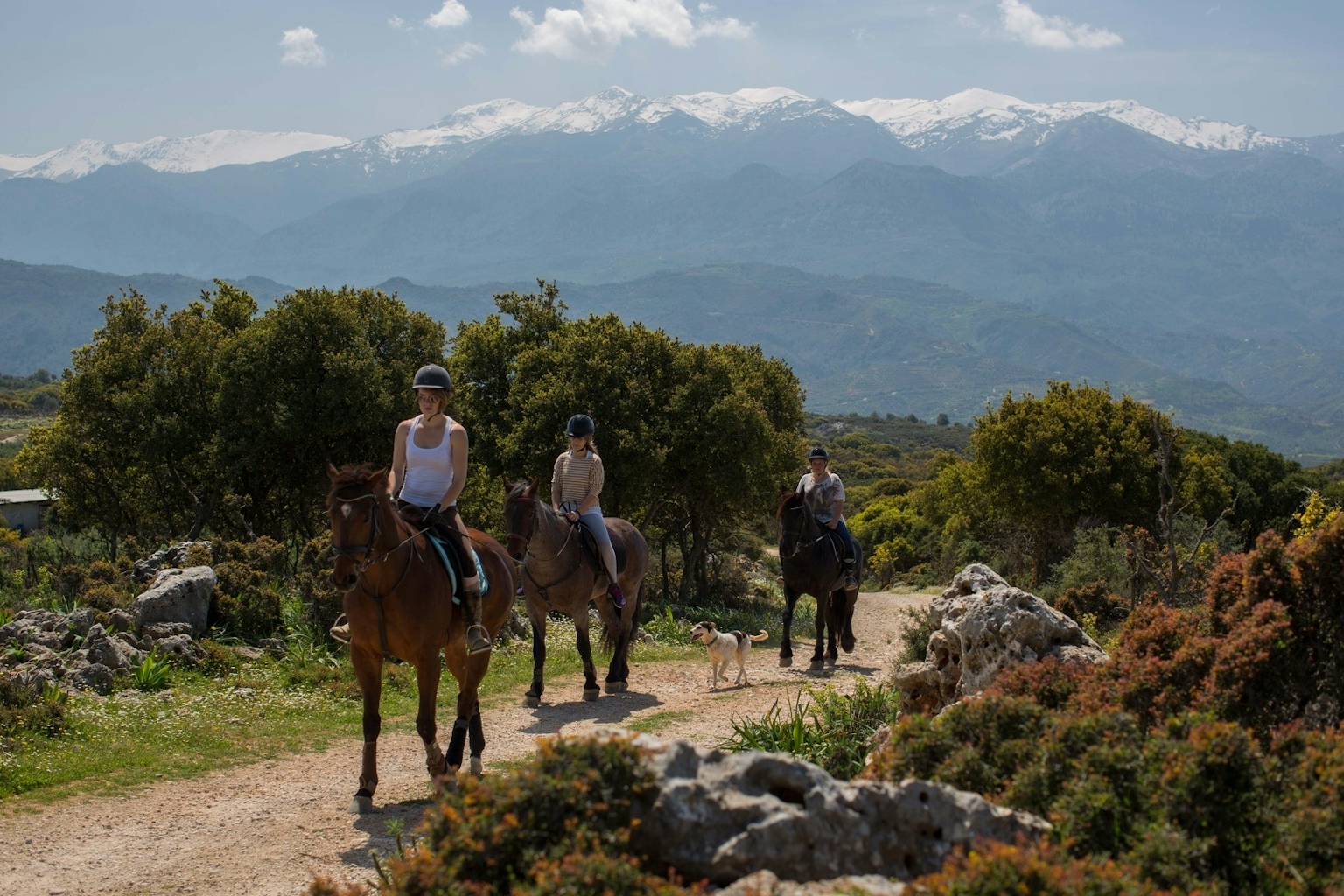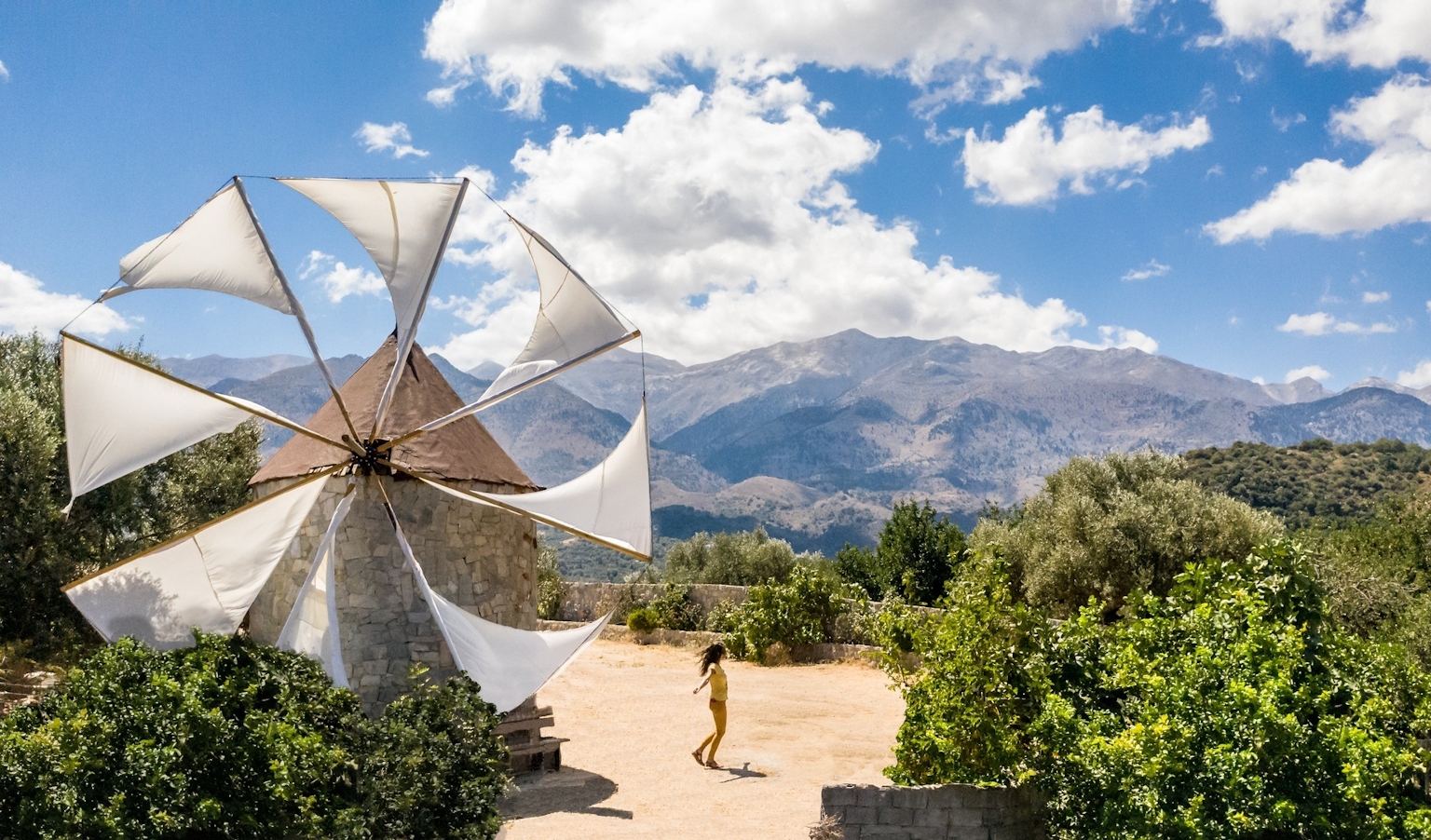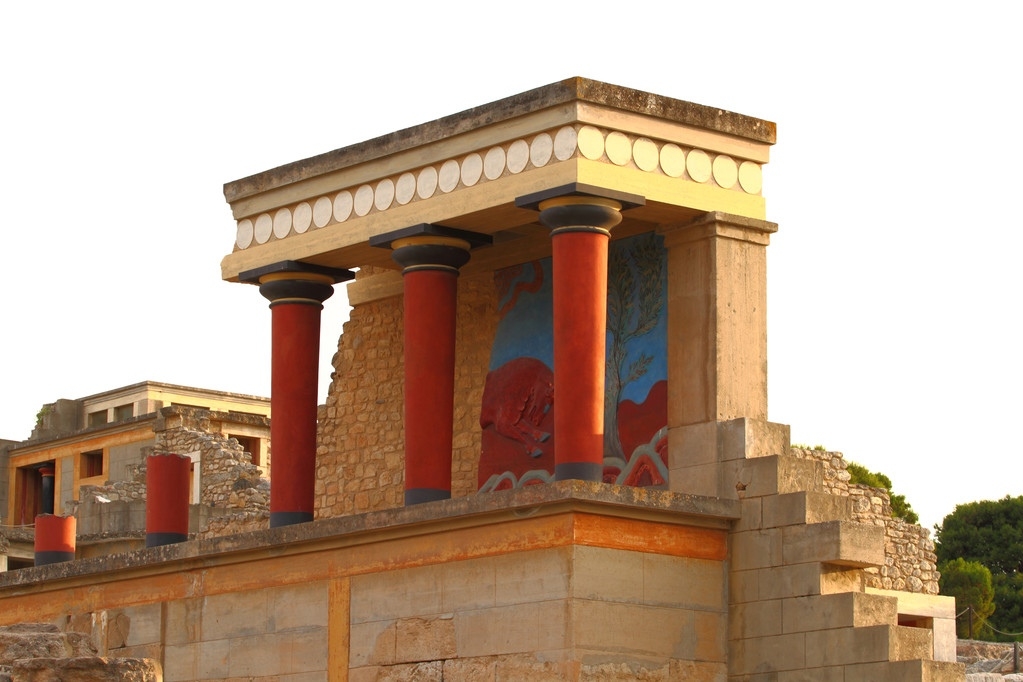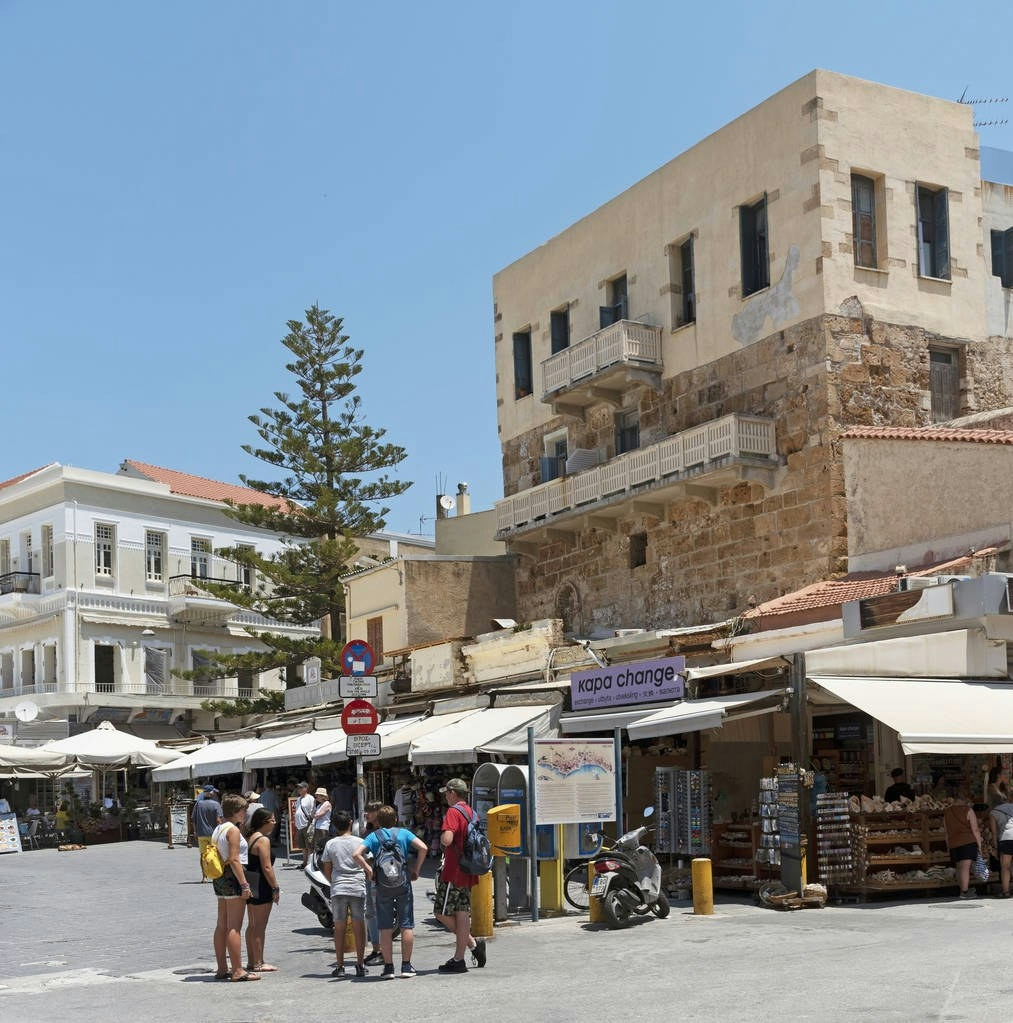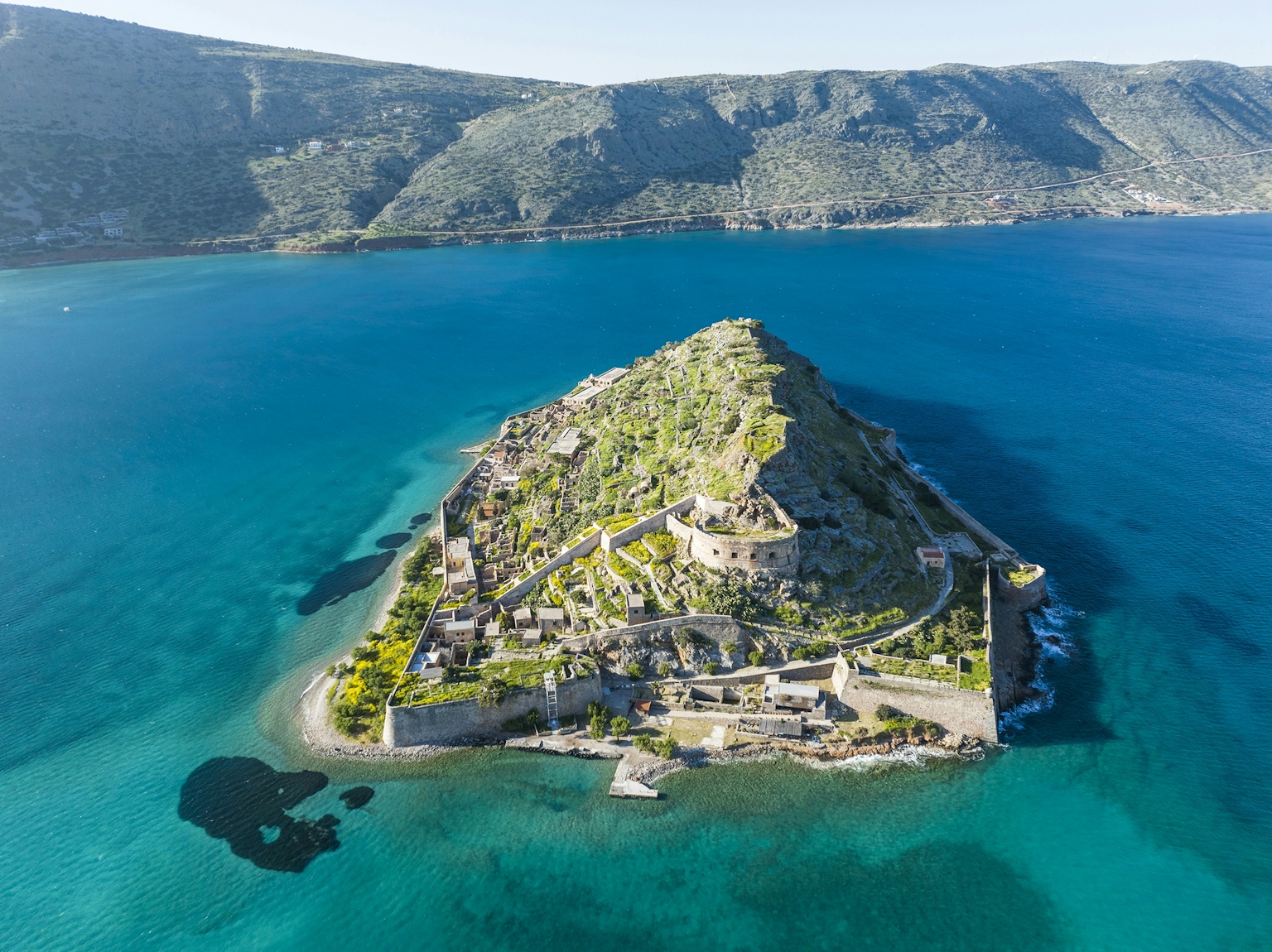Phoenician Juniper and Large-Fruited Juniper
The Phoenician juniper and the large-fruited juniper are known for their slow growth and are classified as perennial species.

The Cretan junipers (Juniperus macrocarpa and Juniperus phoenicea) constitute the juniper forests thriving within the dunes of southern Crete. These dunes hold immense ecological significance, providing a crucial habitat for rare animals and plants. Consequently, they have been encompassed within the Junicoast protection programme to safeguard their existence.
Even though the Cretan junipers are situated in remote areas, they attract visitors who come to appreciate their beauty, albeit inadvertently causing harm, such as when camping under their shade, which can damage young shoots.
The primary regions featuring sand dunes and juniper forests in Crete include Kedrodasos in Elafonisi, Gavdos, Grammeno Paleochora, and Chrissi.
The large-fruited juniper (Juniperus macrocarpa) is known for its slow growth and is a perennial species. Only a small percentage of its seeds successfully sprout and survive the first year.
Photo: By annaleb06.aol.co.uk Via create.vista
The flora of Crete
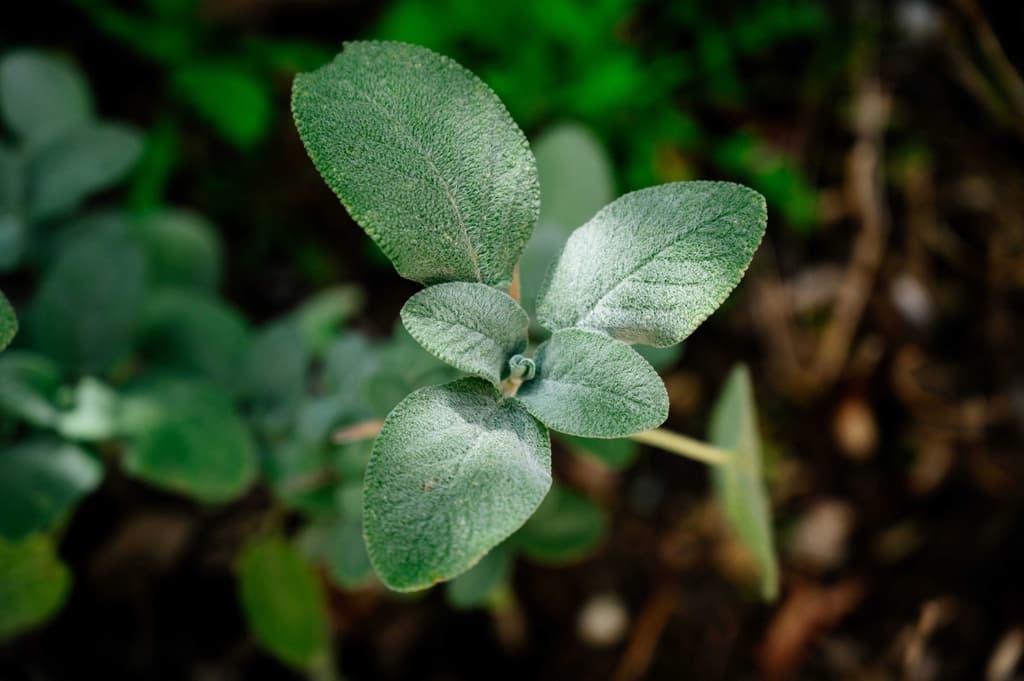
Greek Sage
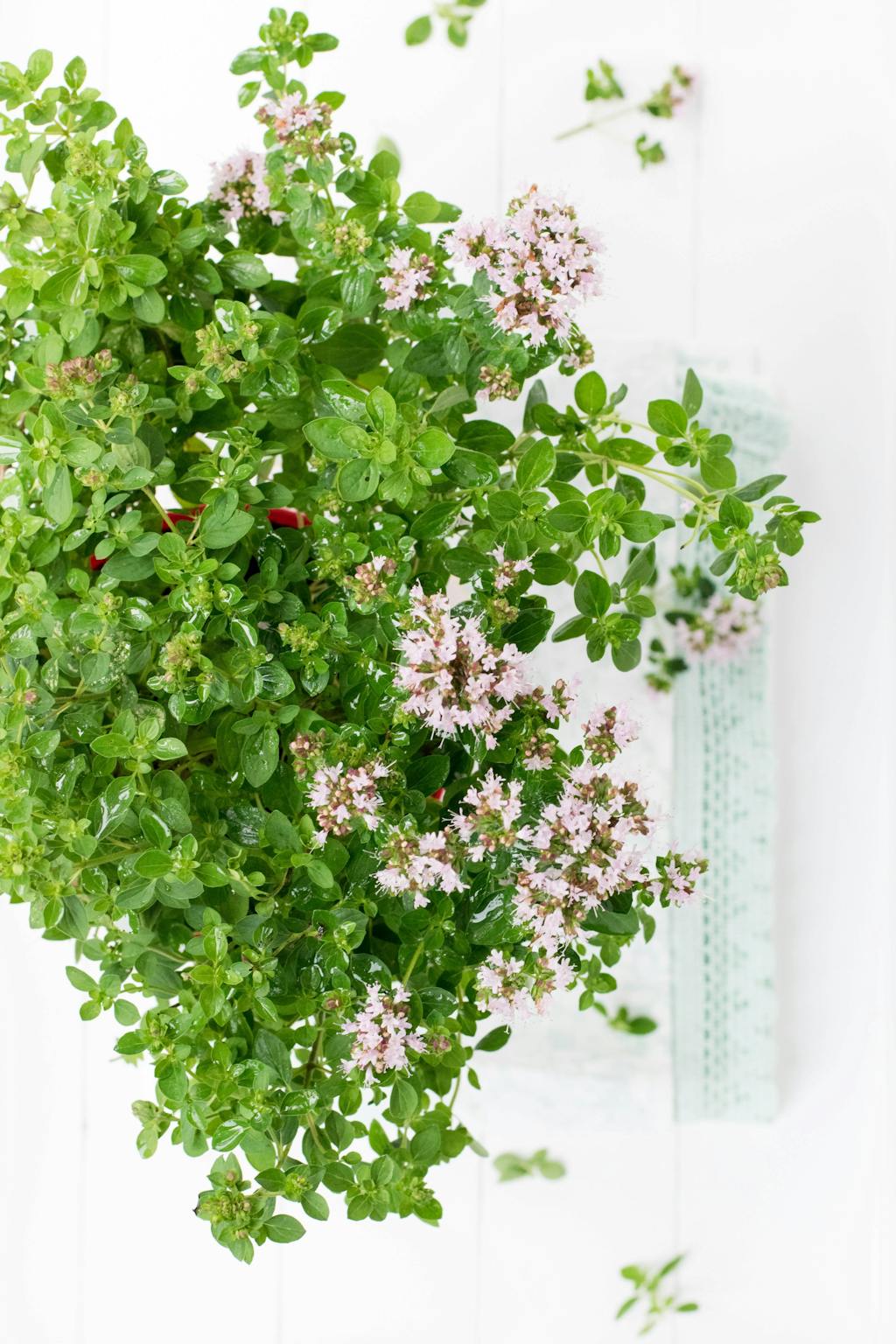
Cretan Oregano or Cretan Marjoram
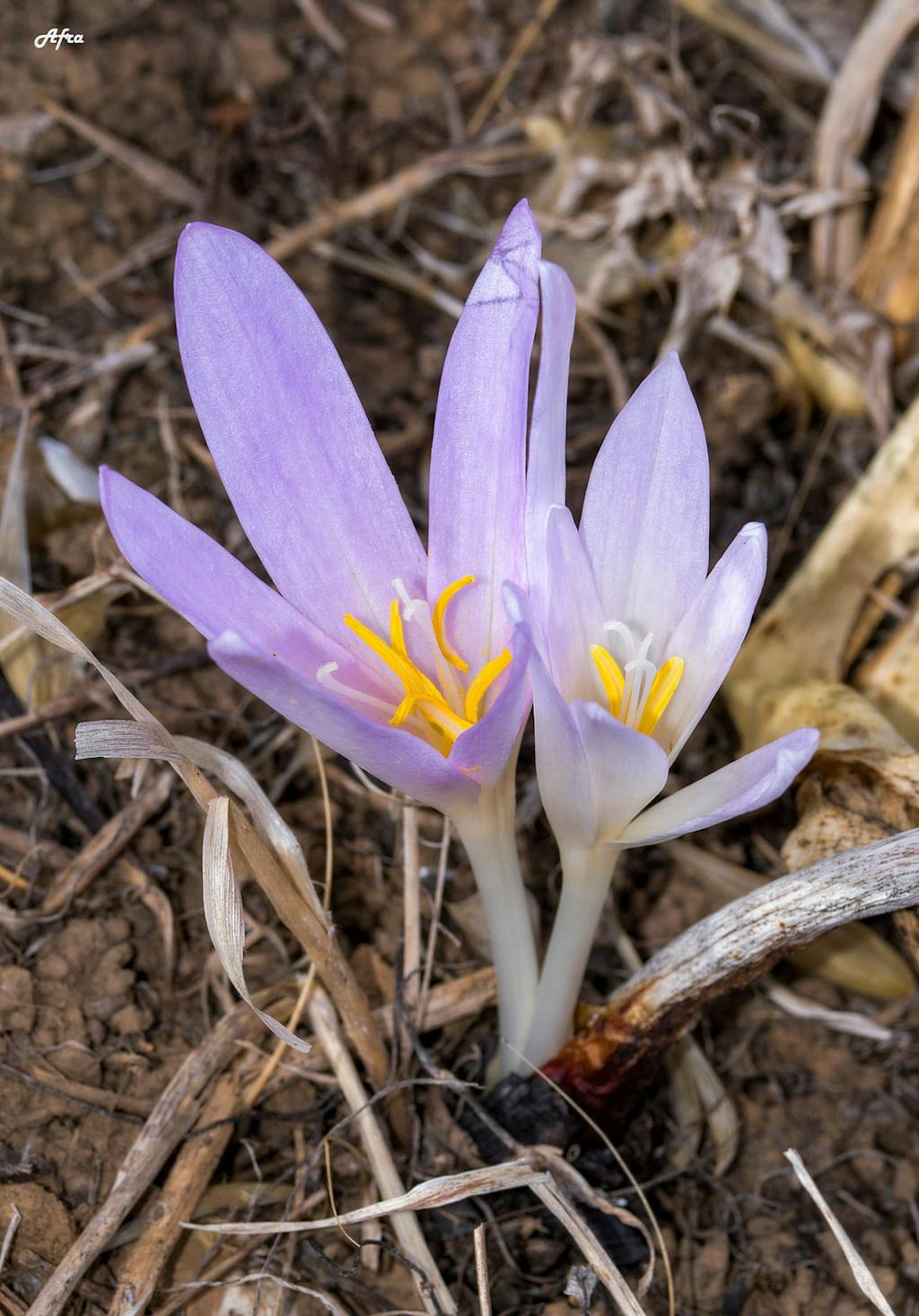
Colchicum Balansae - Balansa Colchico
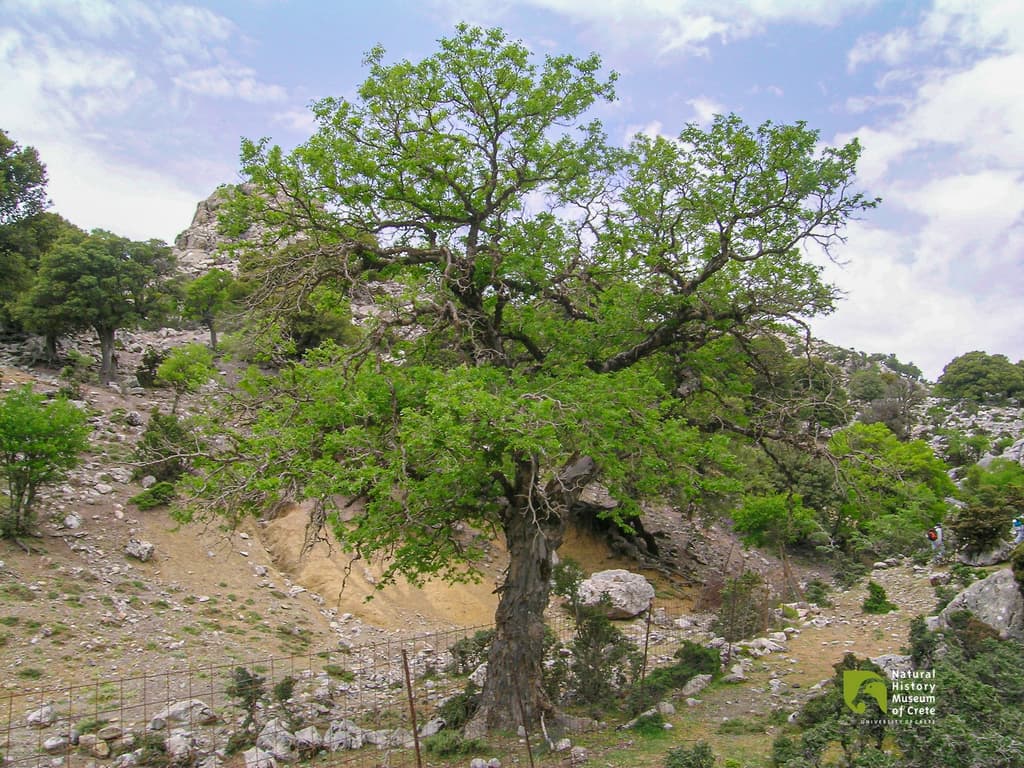
Cretan Zelkova
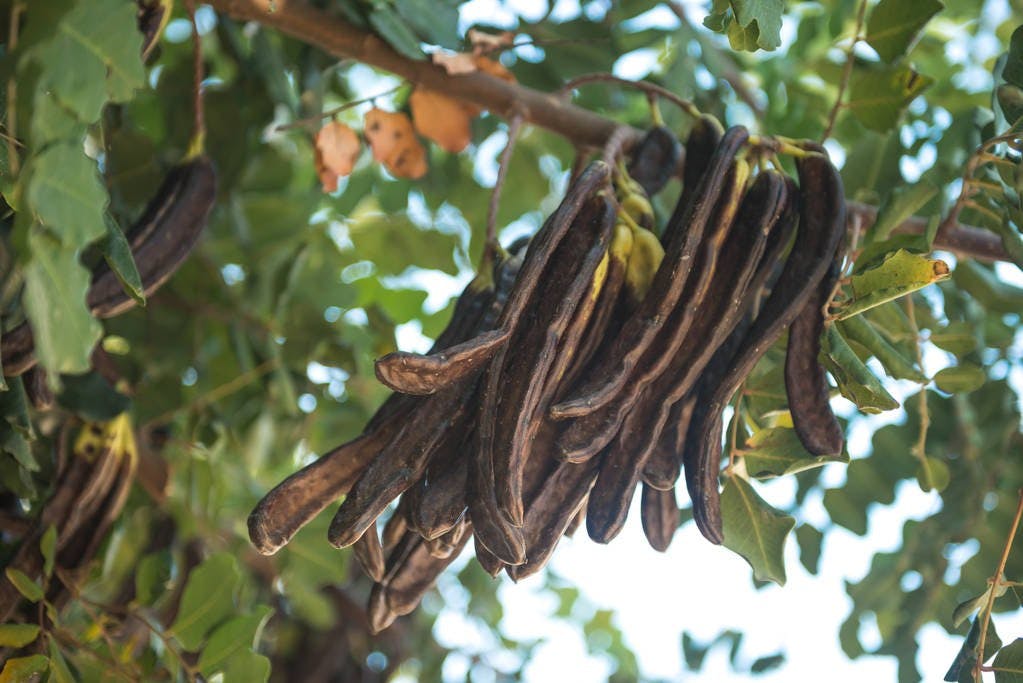
Carob Tree (Ceratonia Siliqua)
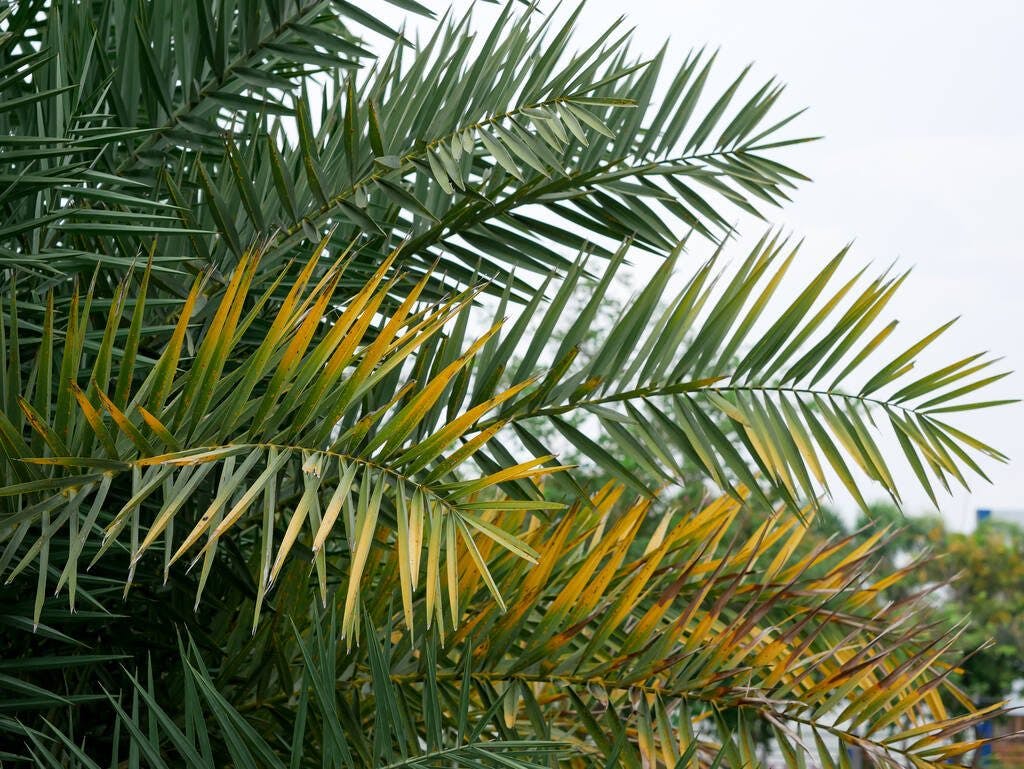
The Cretan Date Palm
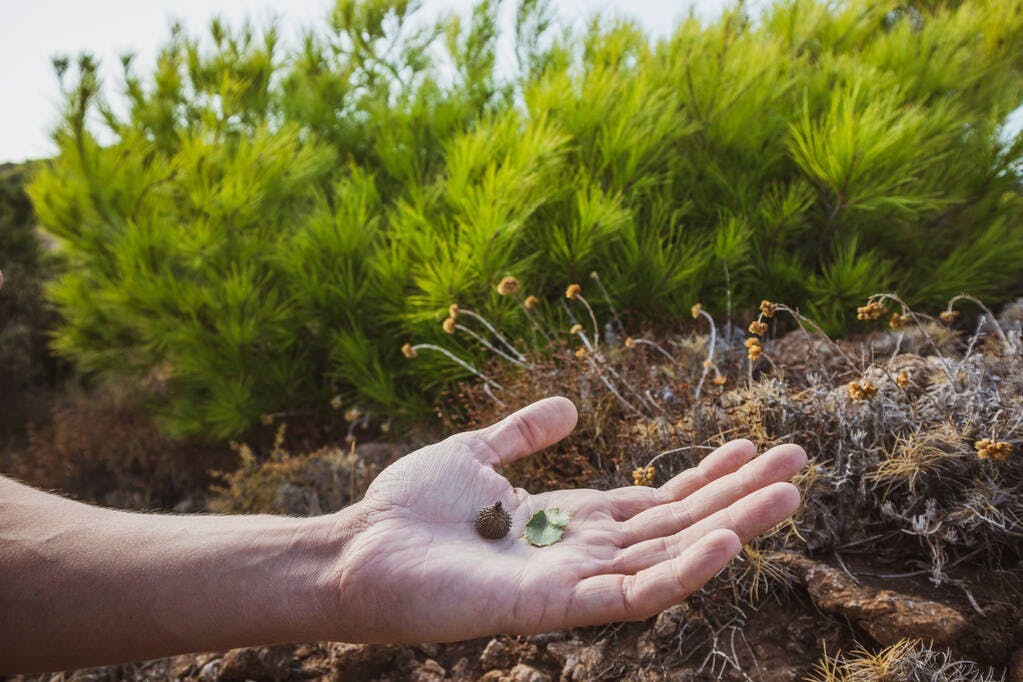
Kermes Oak (Quercus Coccifera)
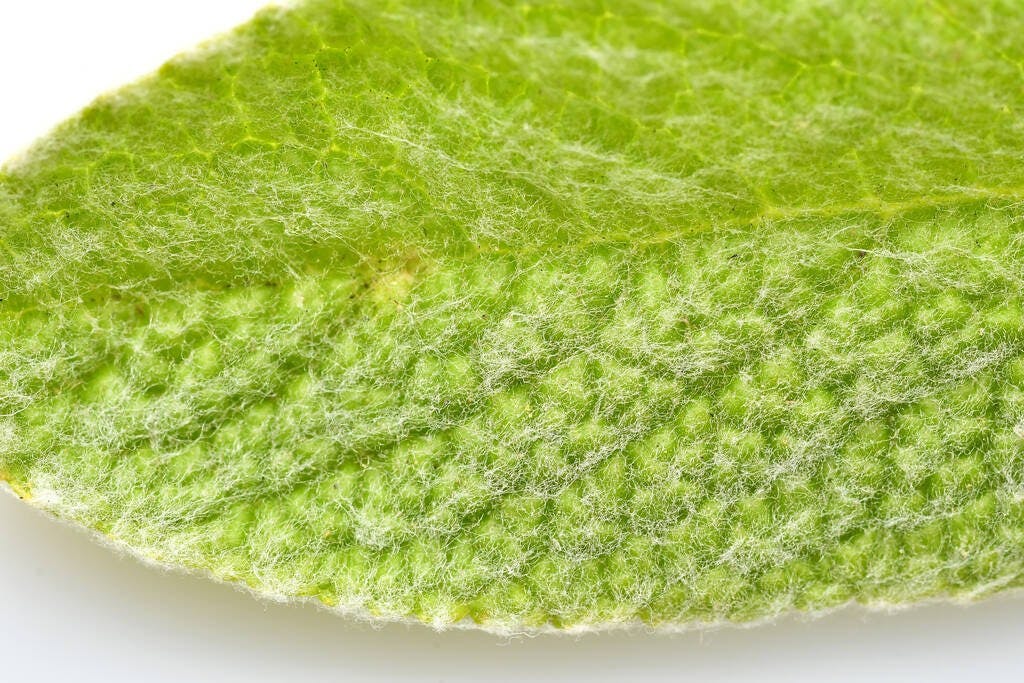
Ironwort
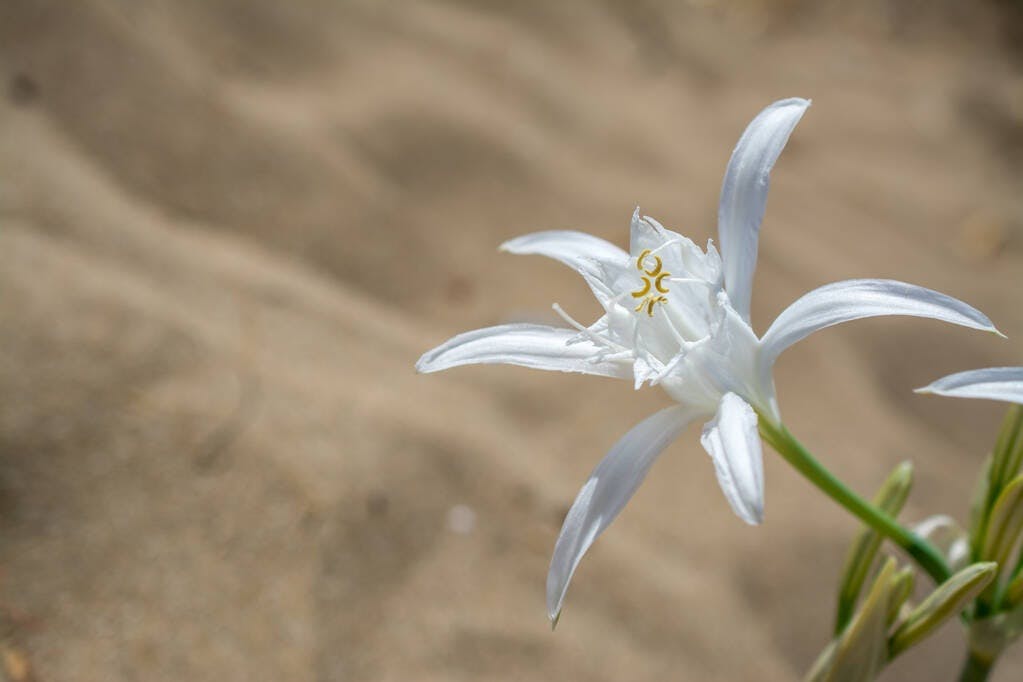
Sand Lily, Sea Lily (Pancratium Maritimum)
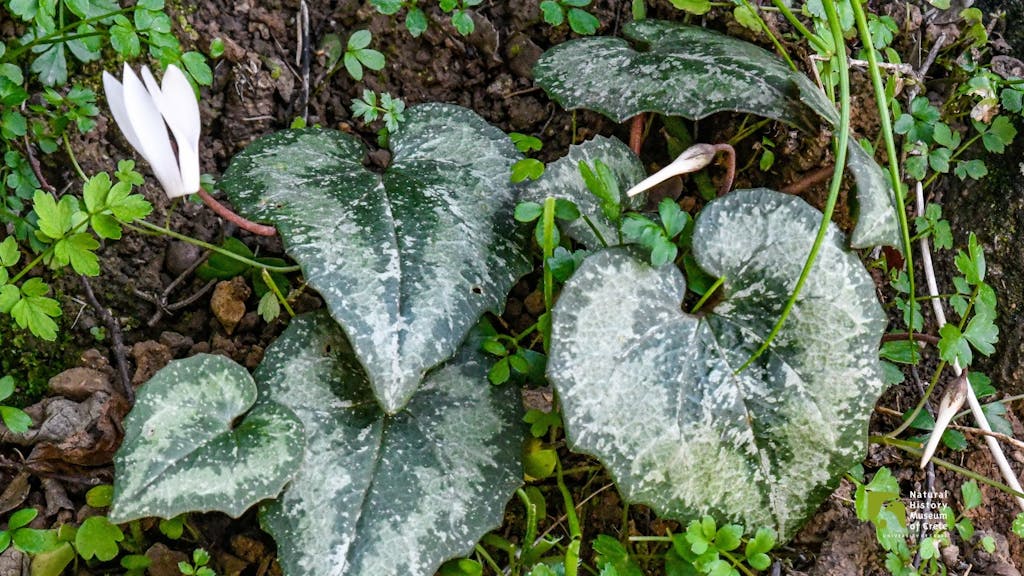
Cretan Cyclamen
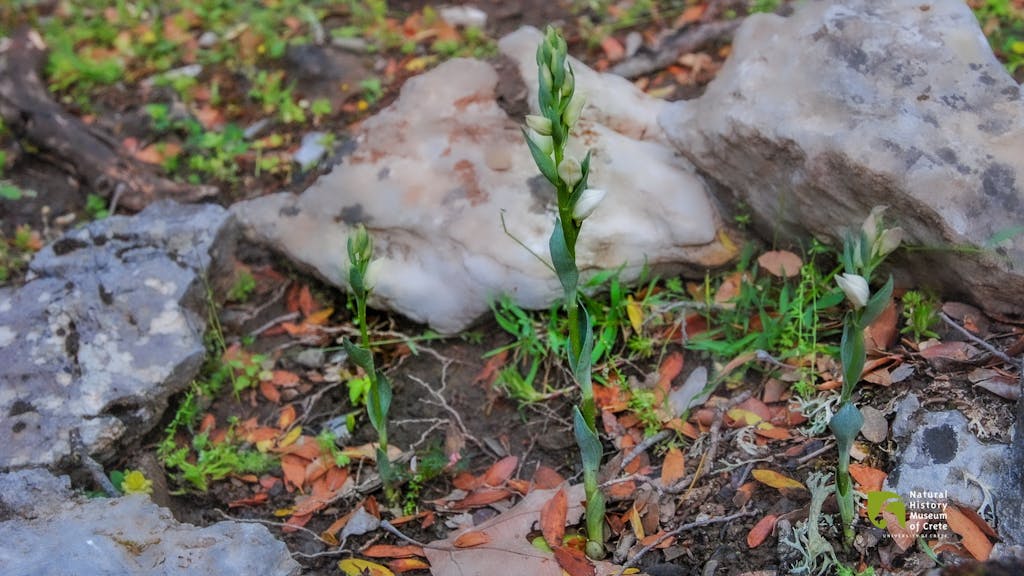
The Cretan Cephalanthera

Dittany
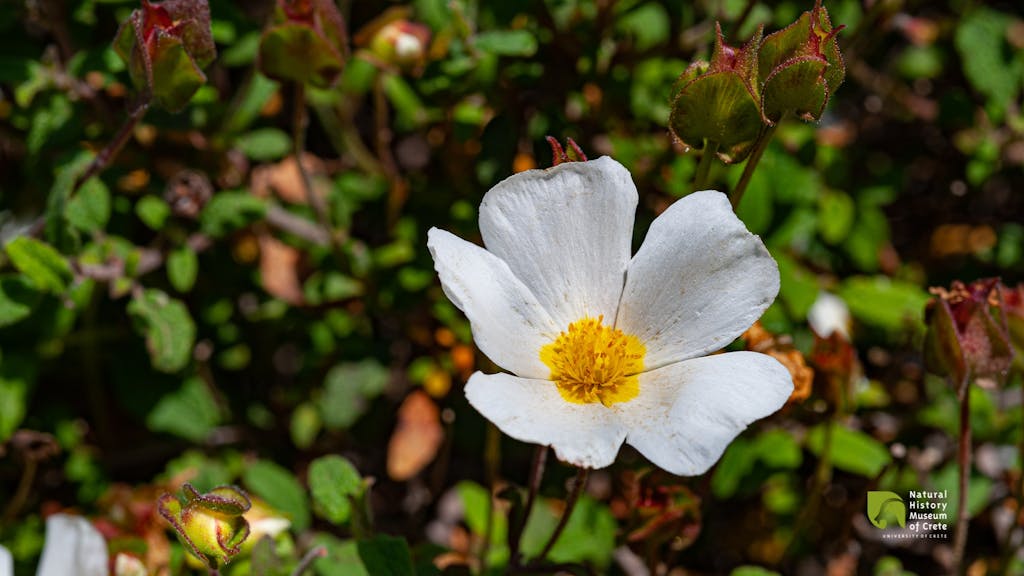
Gallipoli Rose
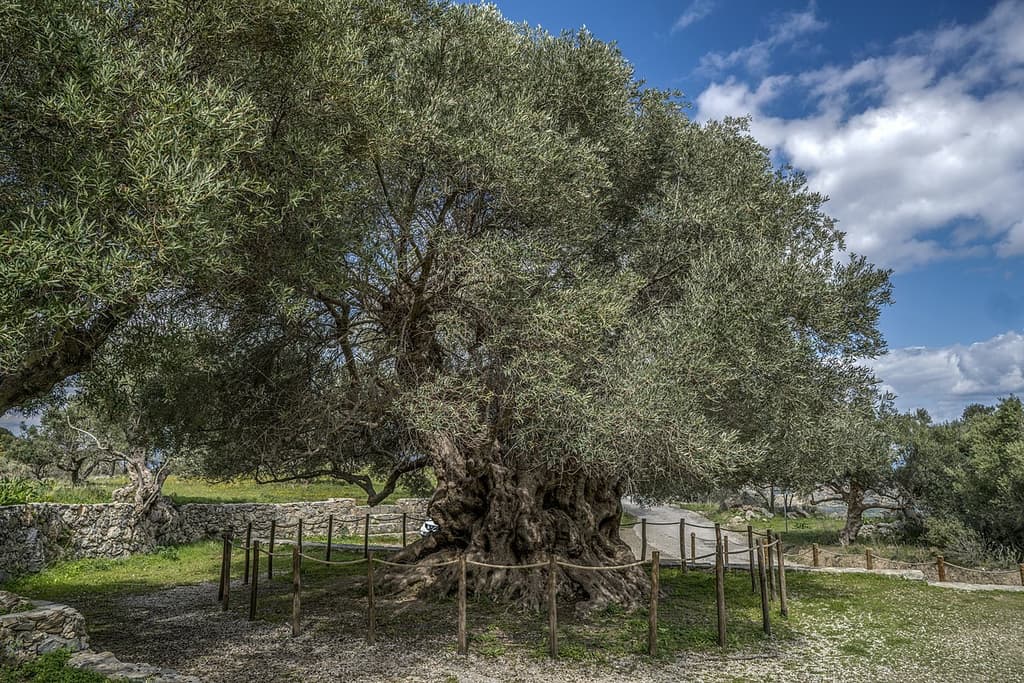
Natural Monuments
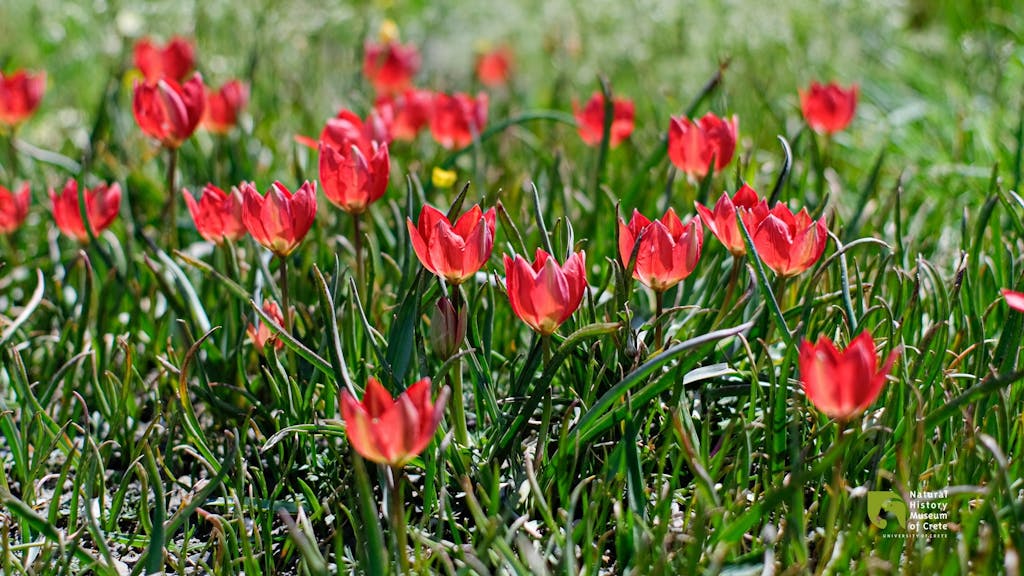
Lilac Wonder (Tulipa doerfleri)
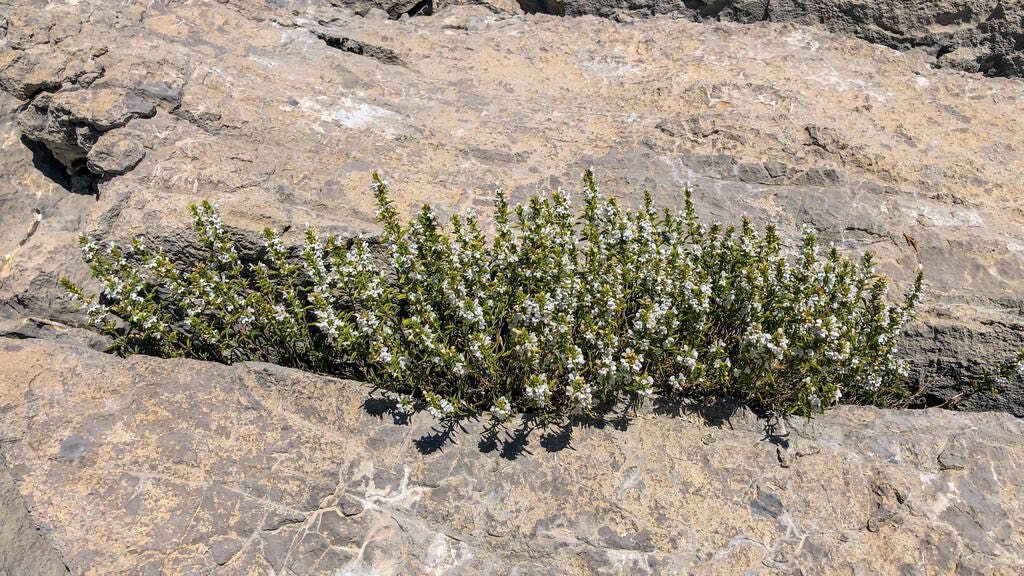
Thyme
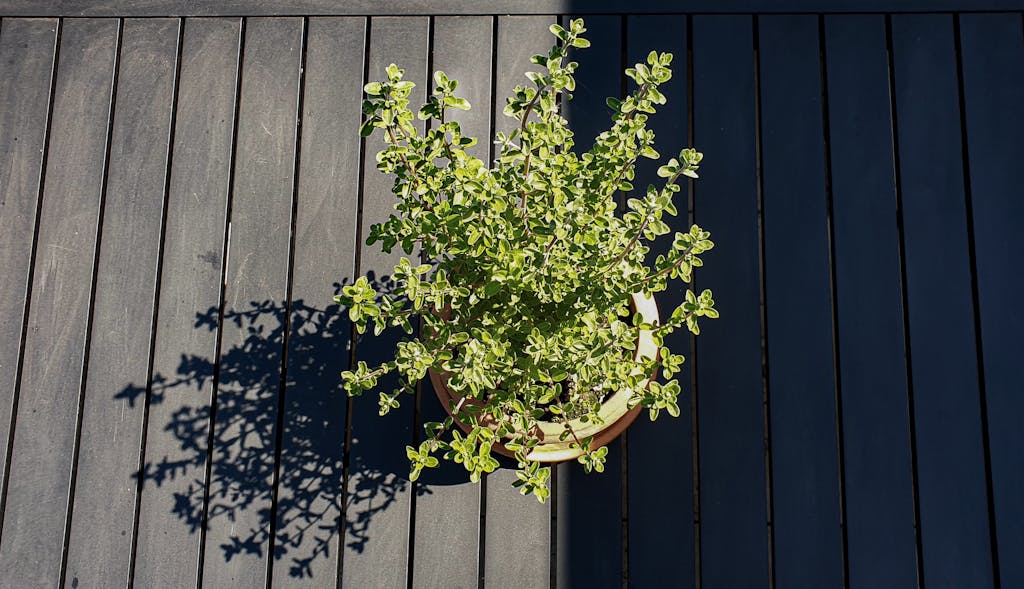
Oregano
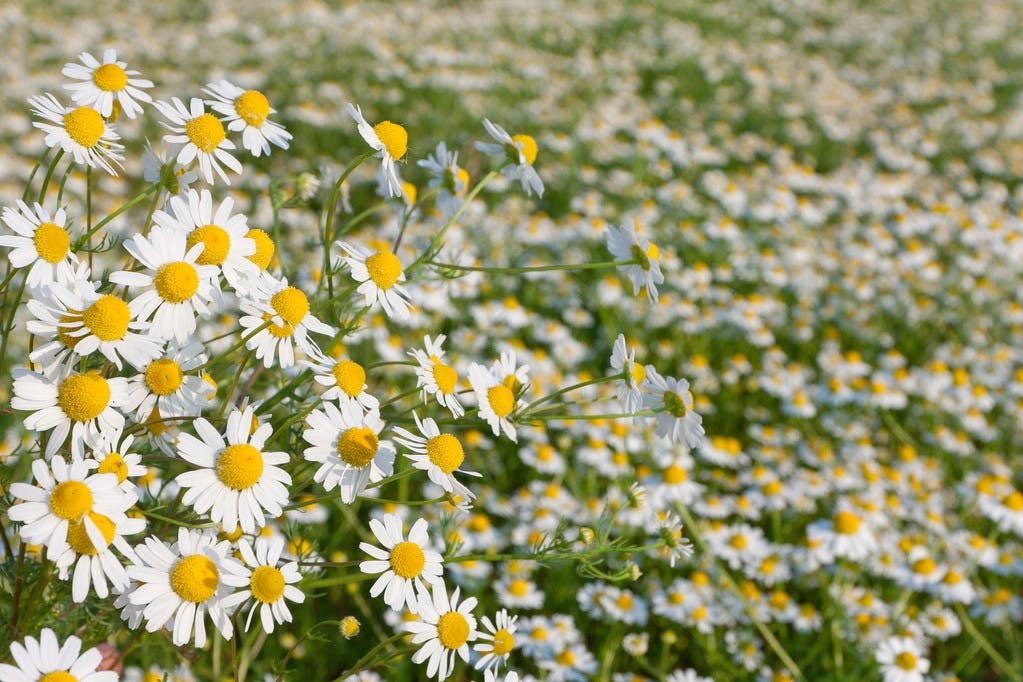
Camomile
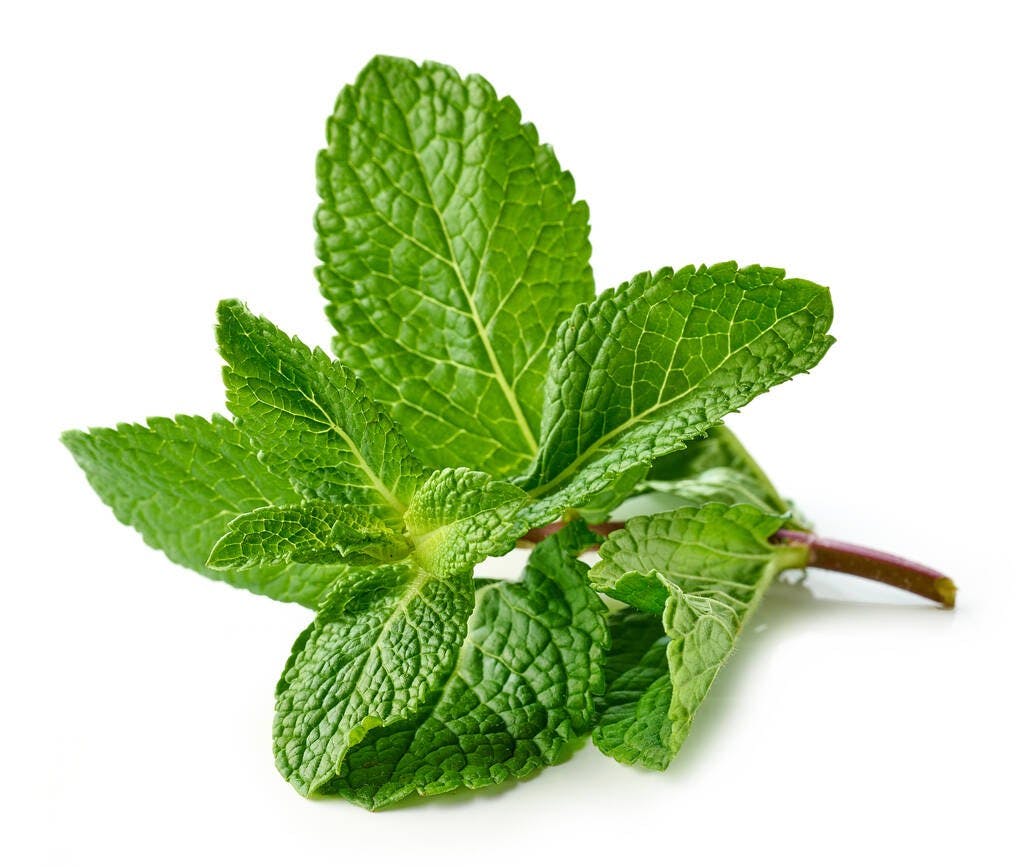
Mint
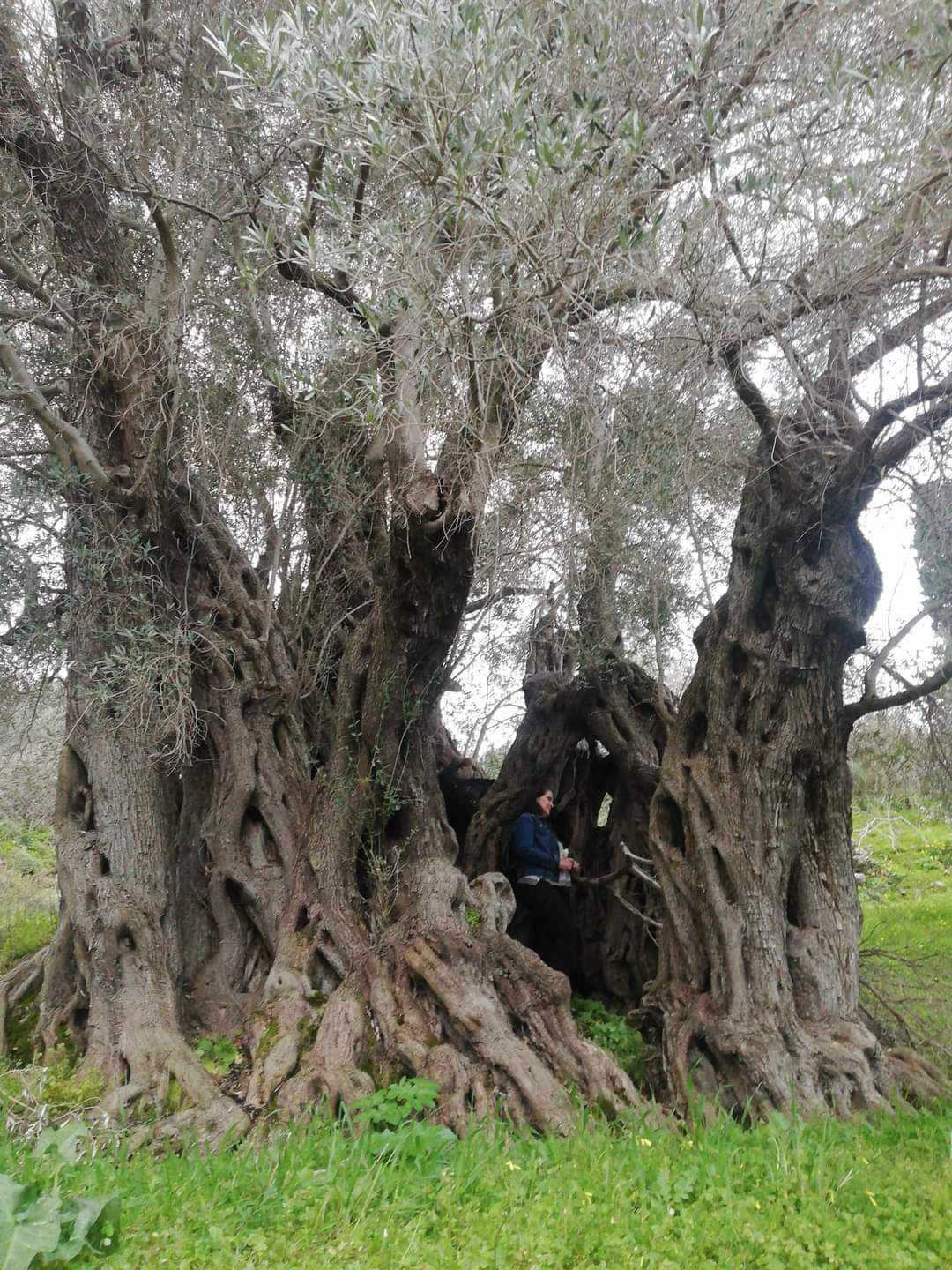
Preserving the Heritage: Ancient Olive Trees of Crete
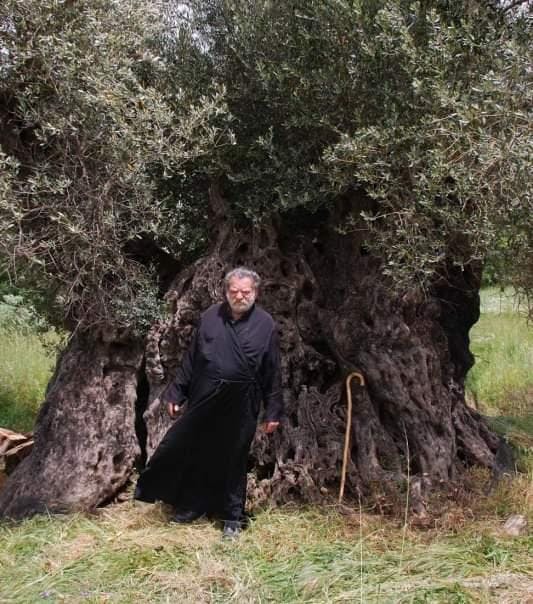
The Ancient Olive Tree of Vrysses, Amari
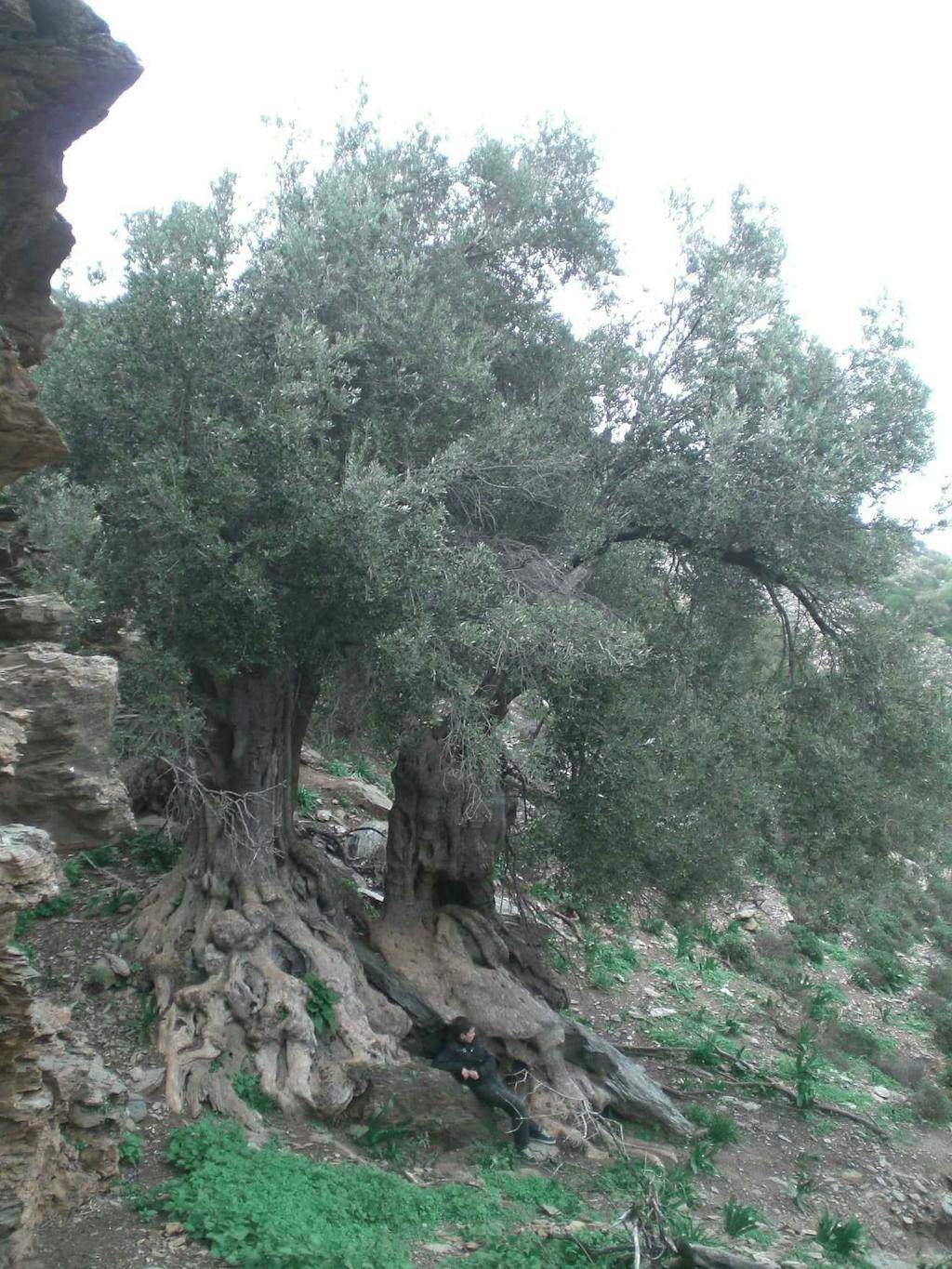
Bali's Ancient Olive Tree: Documented in Preservation Efforts
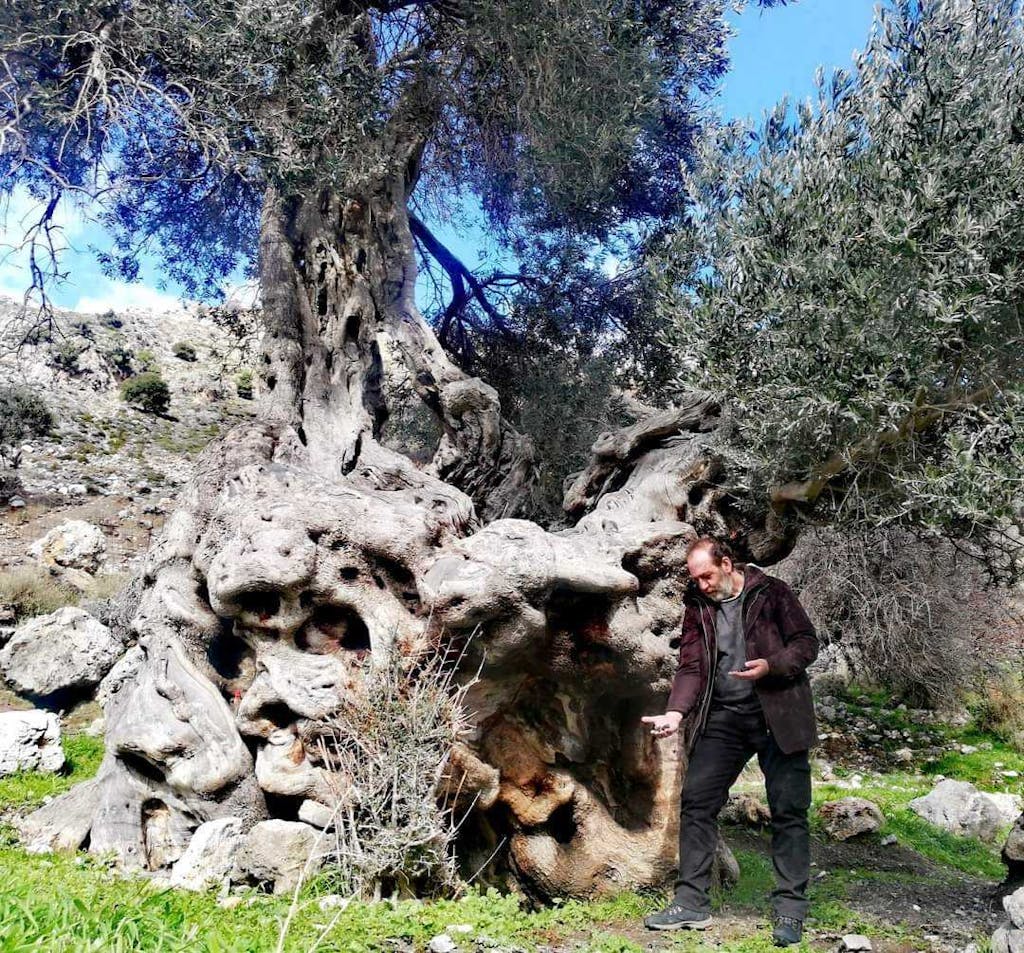
Gra Elia (The Old Olive Tree)
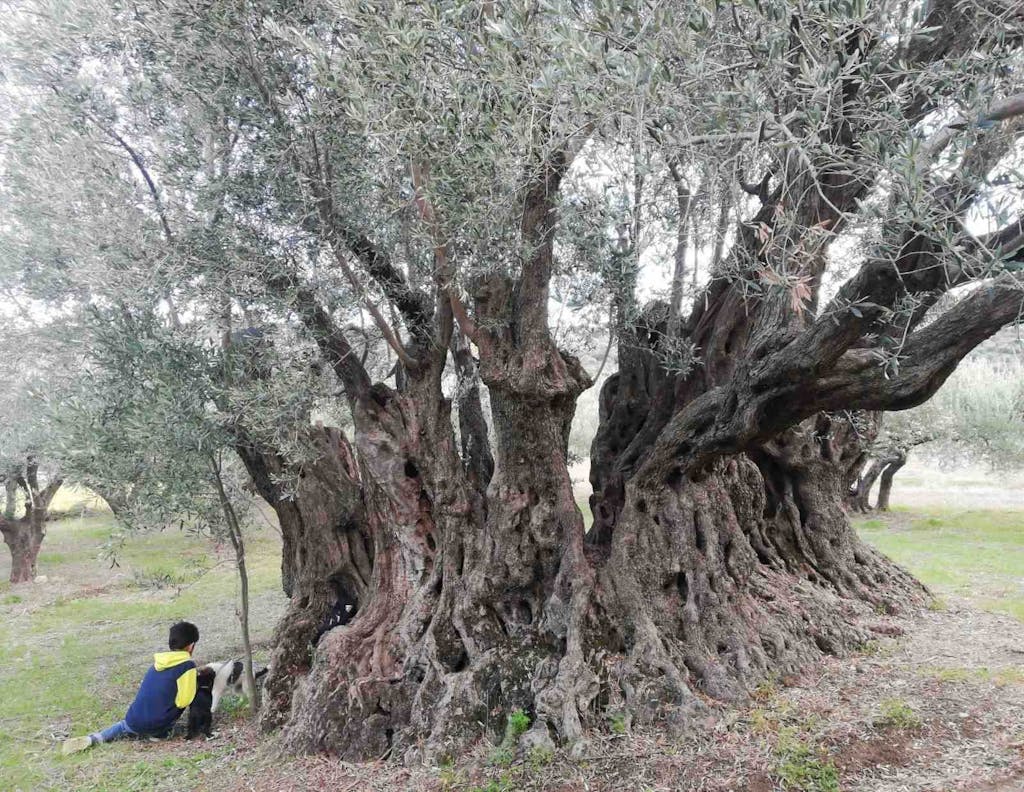
The Ancient Olive Tree of Kato Asites: Host to the 1st Olive Festival
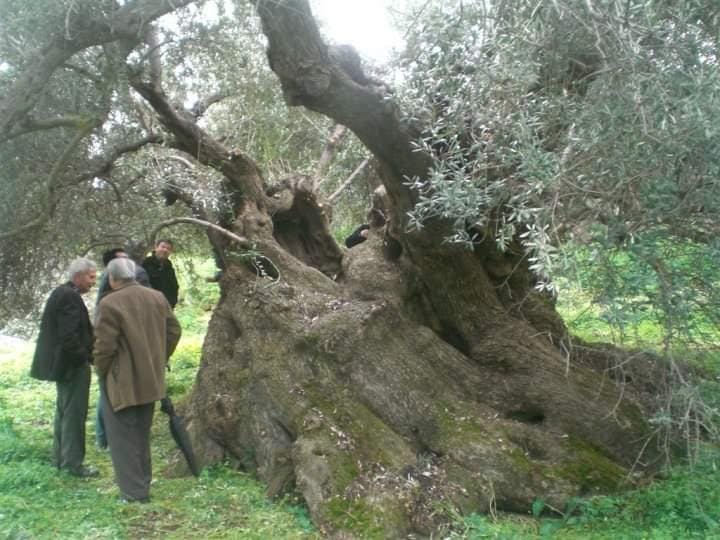
Sitia's Ancient Olive Tree: A Record of Preservation Initiatives
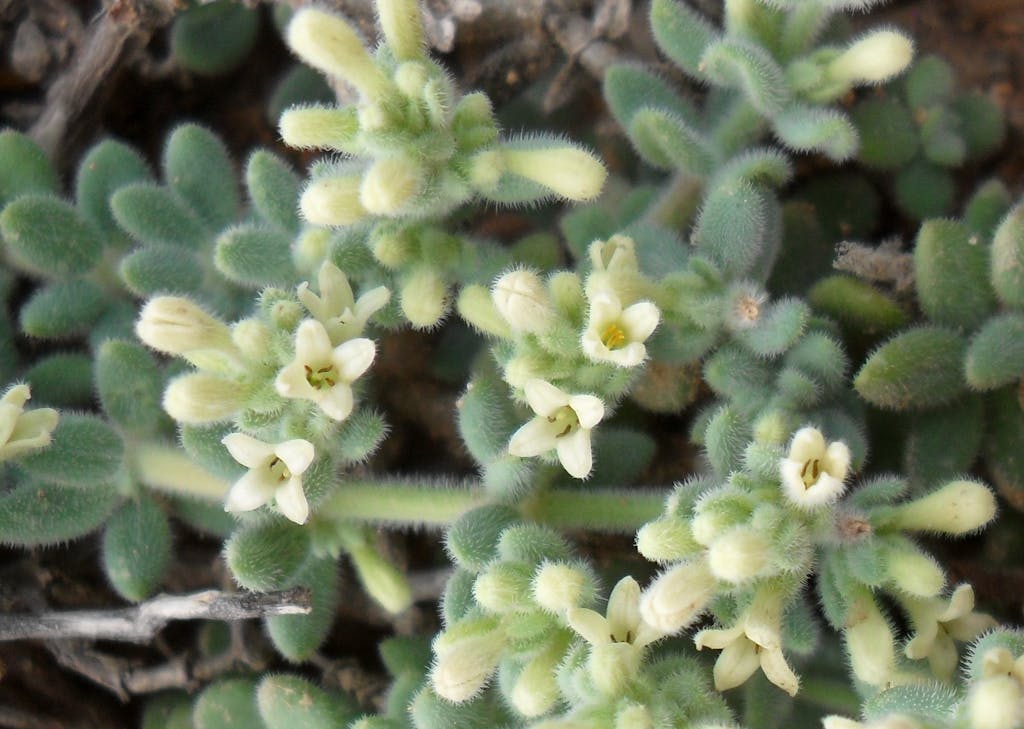
Asperula Crassula
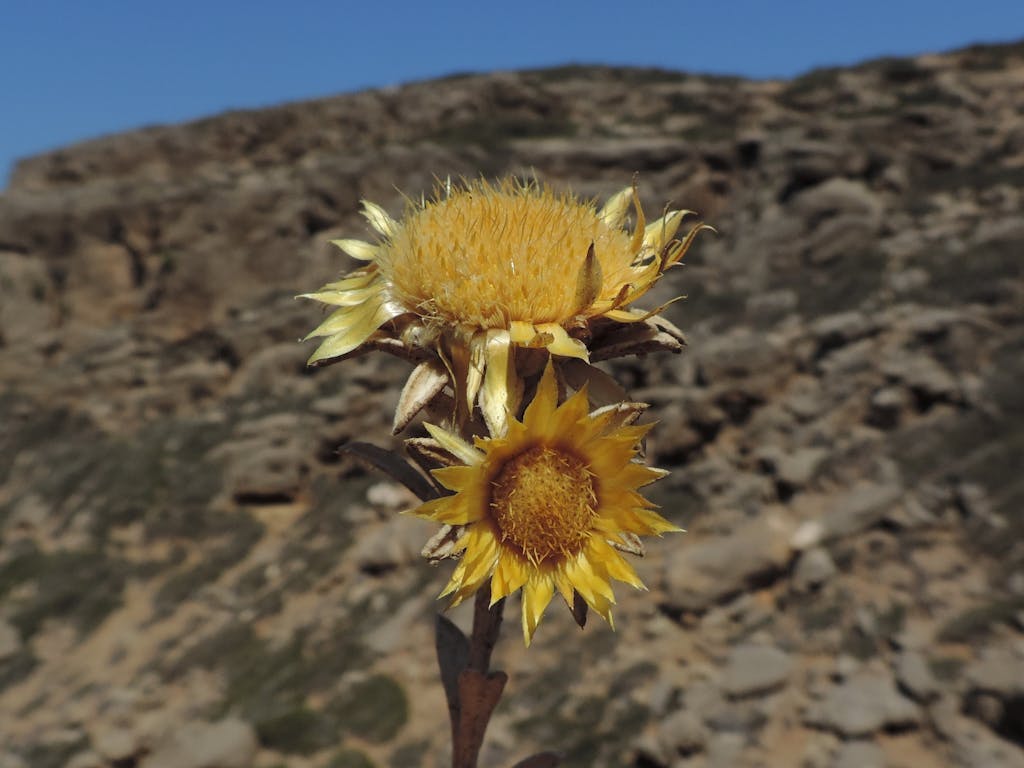
Carlina diae, Carlina of Dia
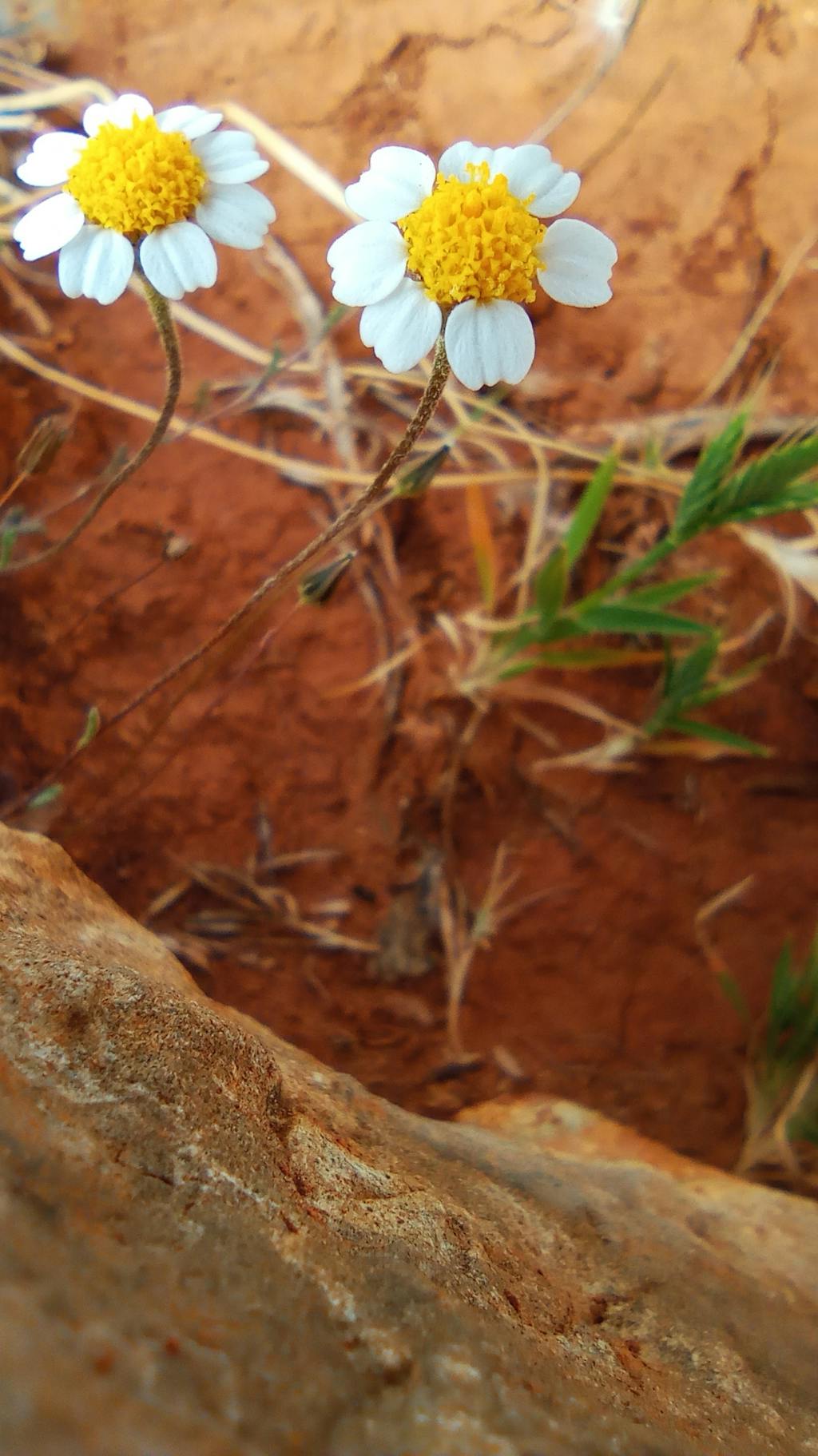
Anthemis Filicaulis, Slender-stemmed Chamomile
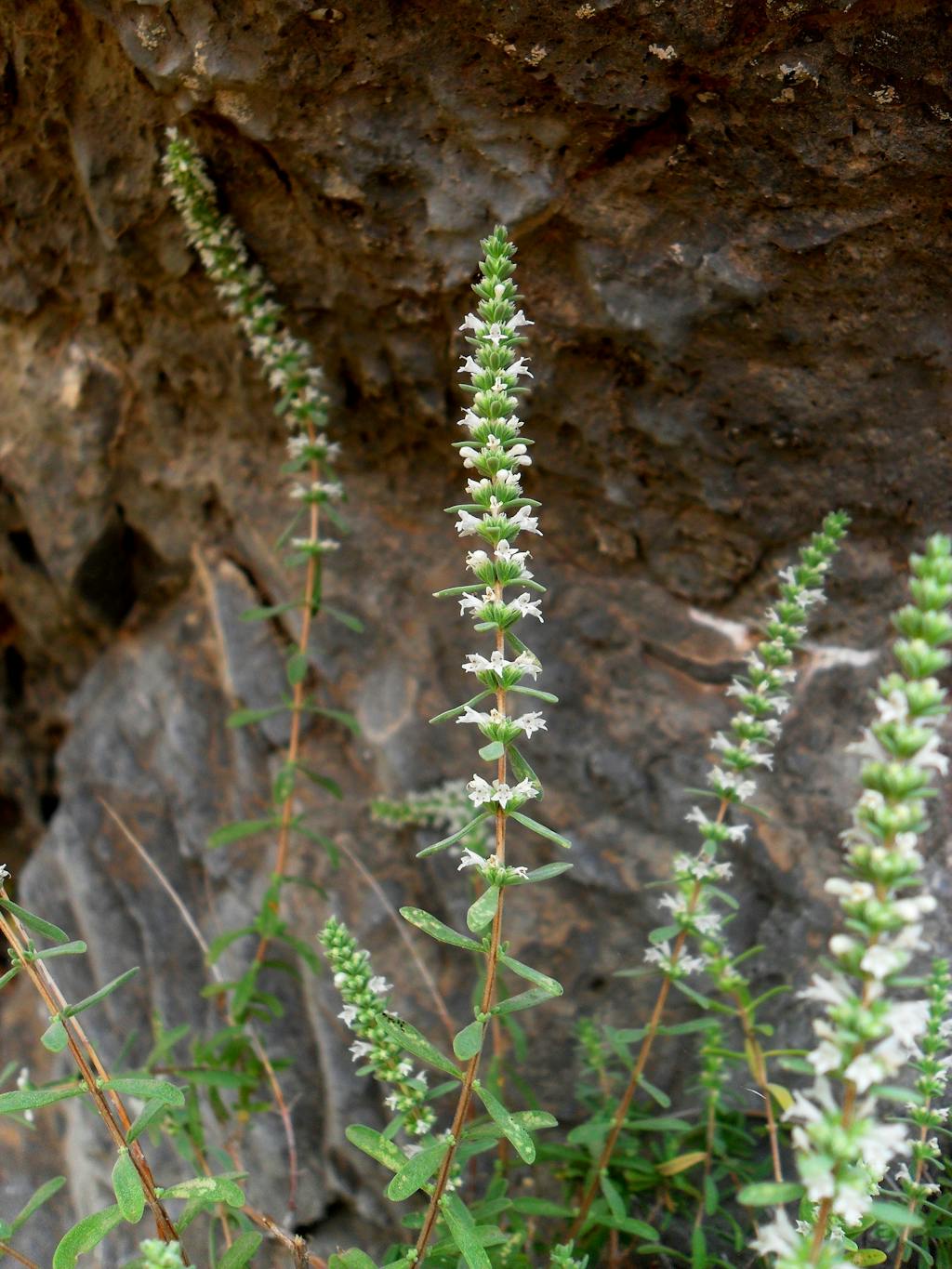
Thymbra Calostachya
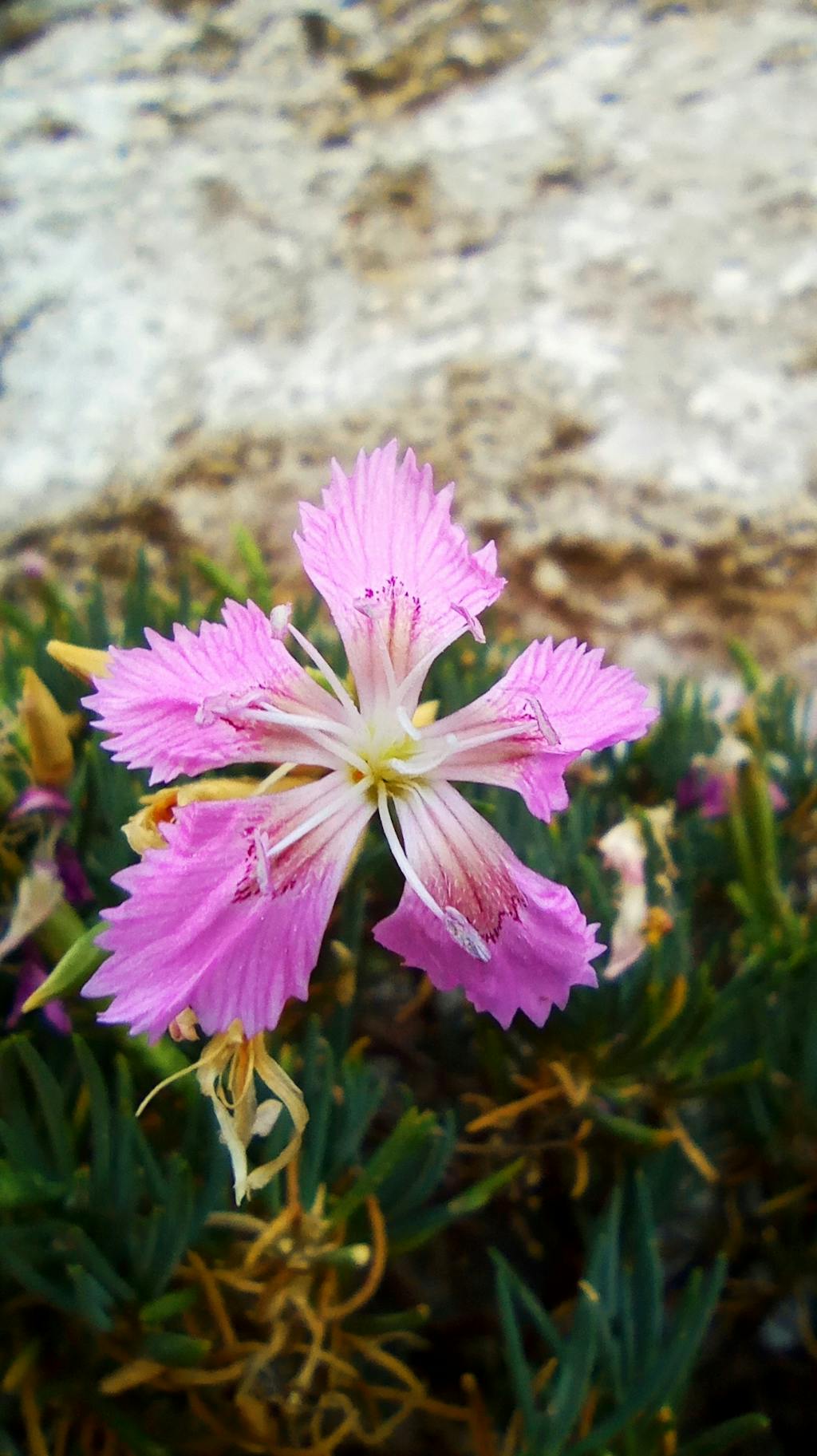
Dianthus Fruticosus Subsp. Sitiacus
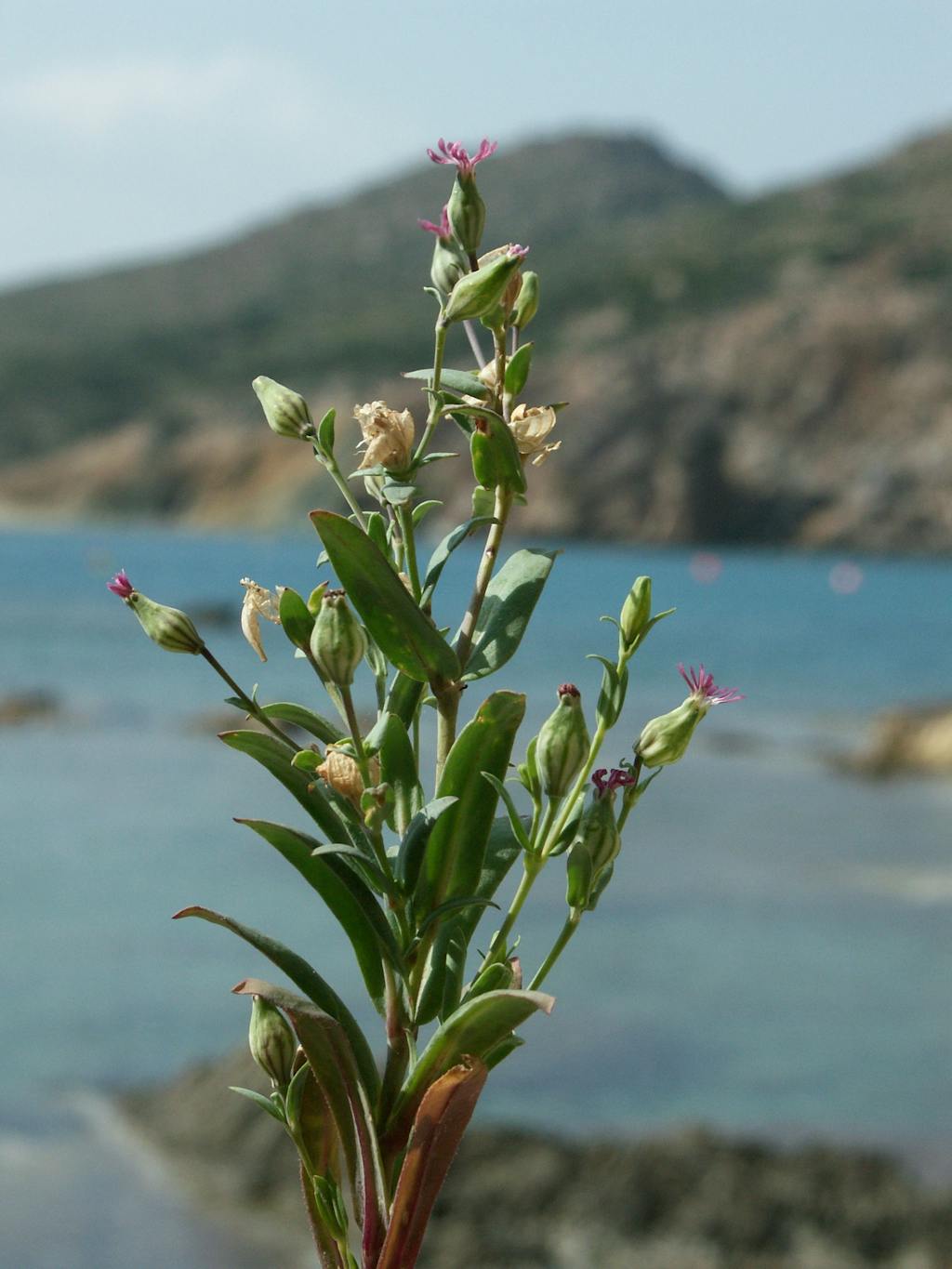
Silene Holzmannii
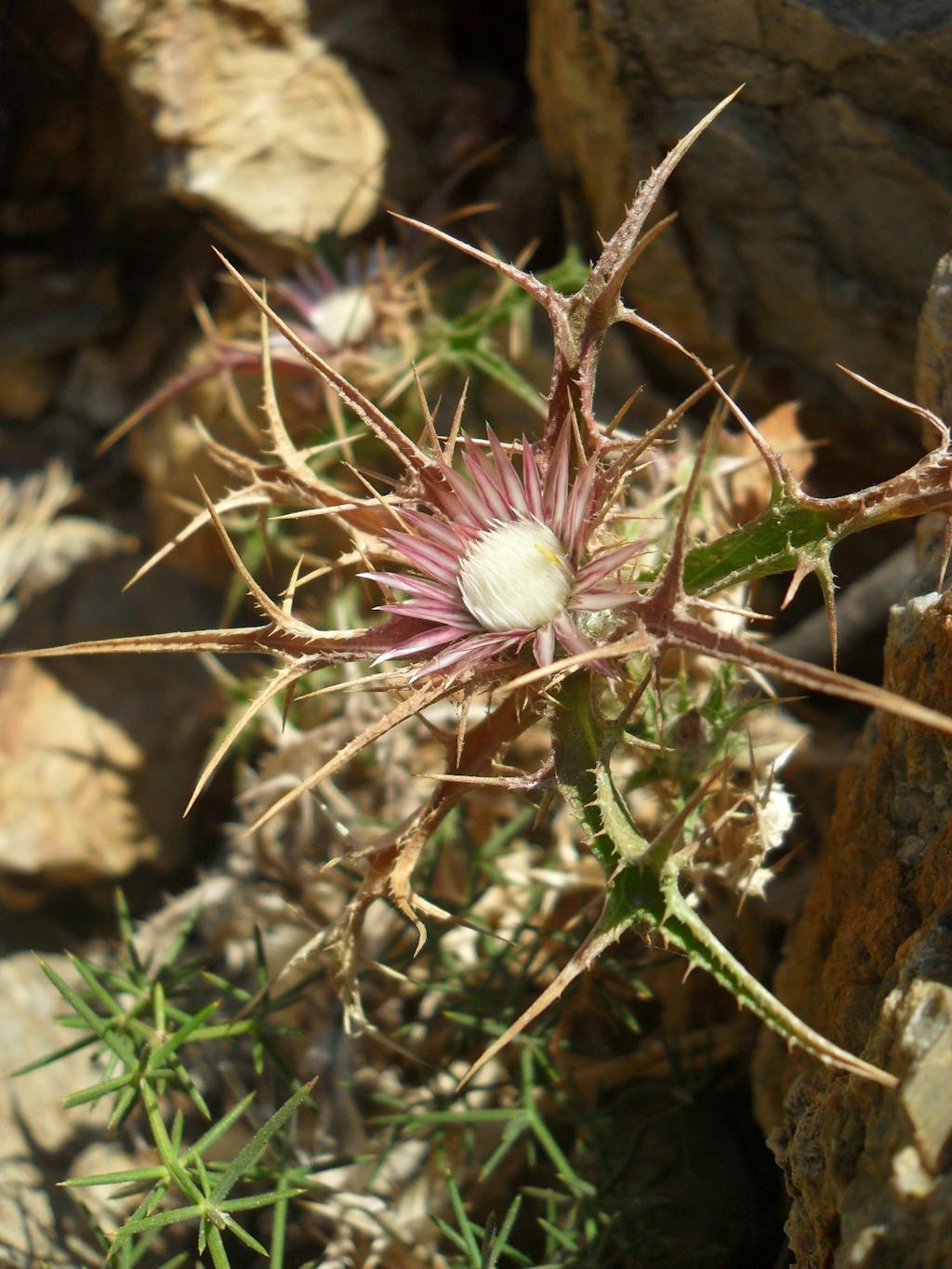
Carlina Sitiensis
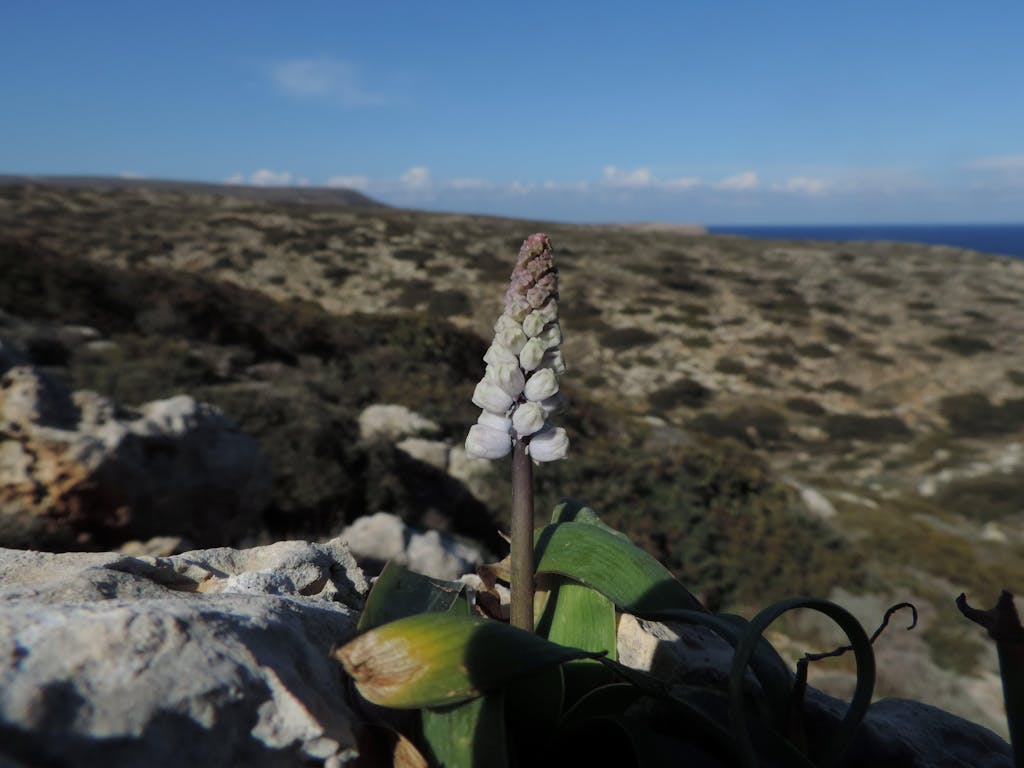
Bellevalia Sitiaca
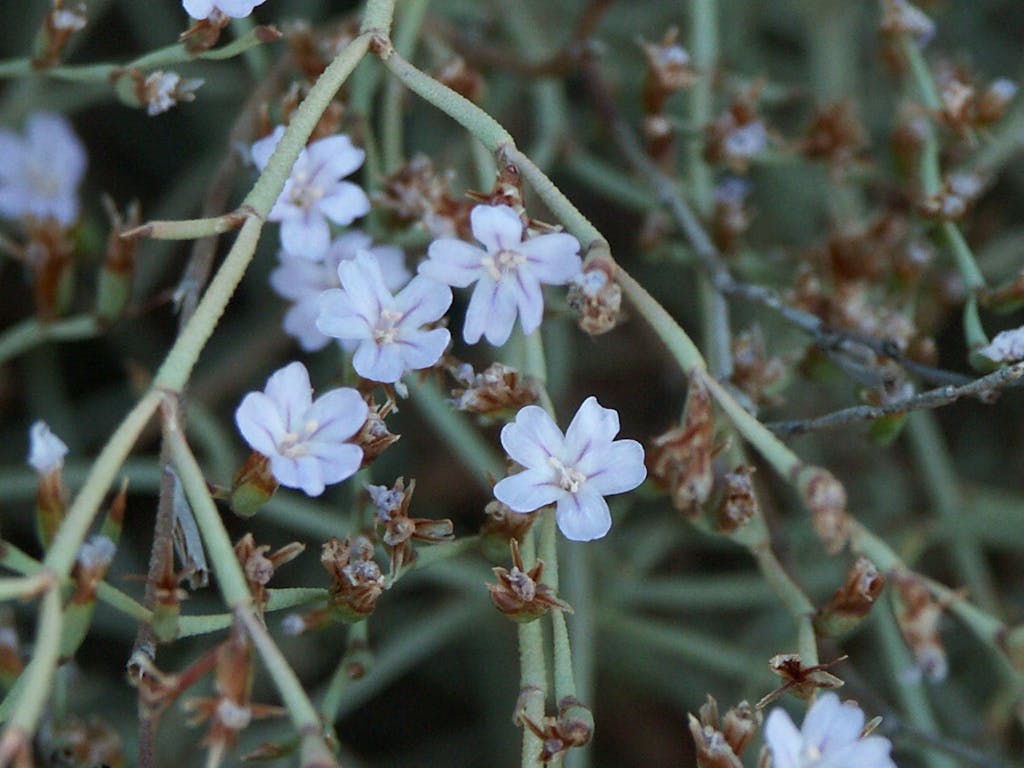
Limonium Sitiacum
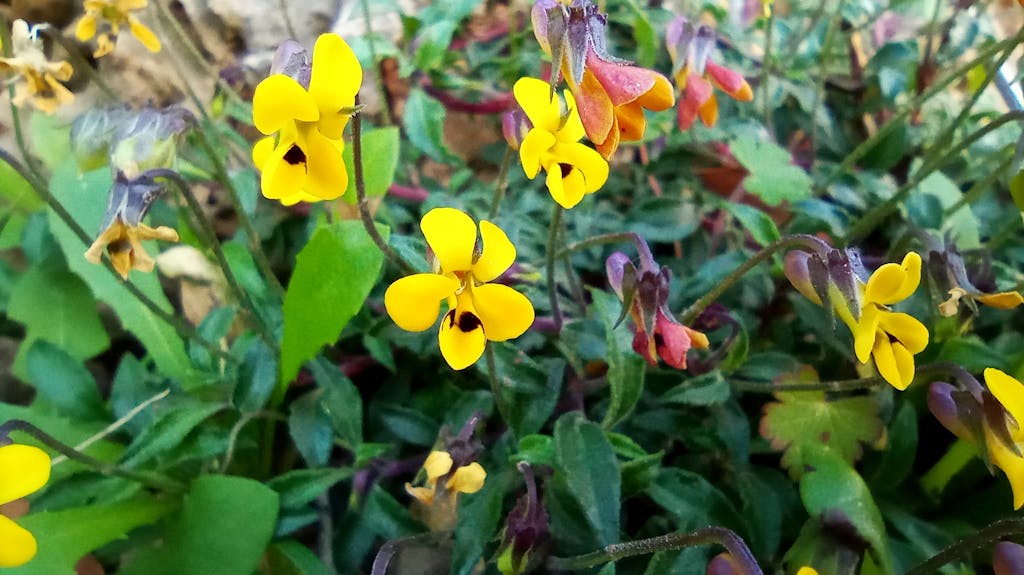
Viola Scorpiuroides
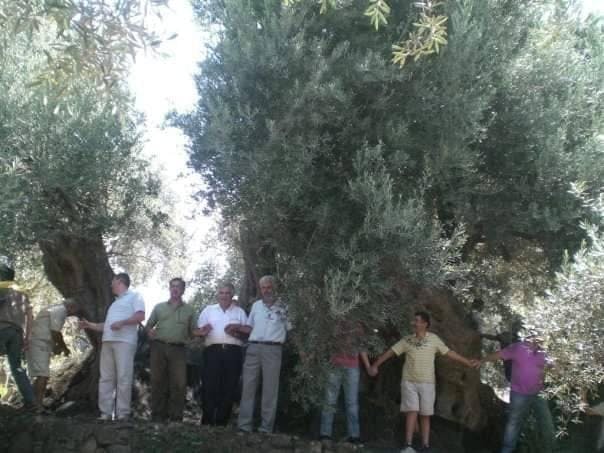
The Ancient Olive Tree of Kakodiki
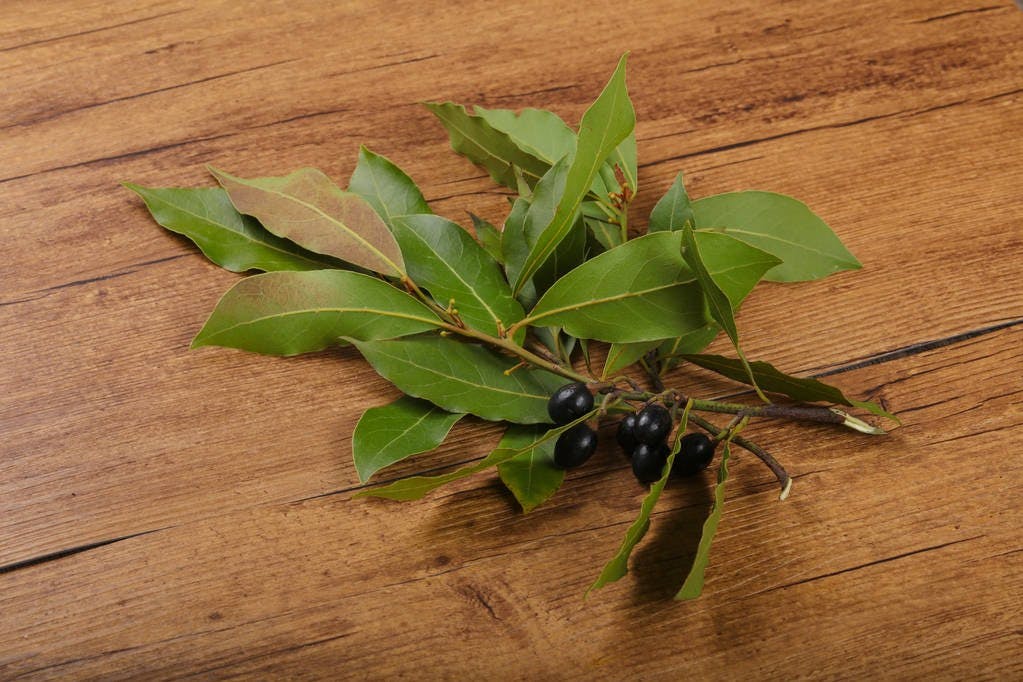
Laurel
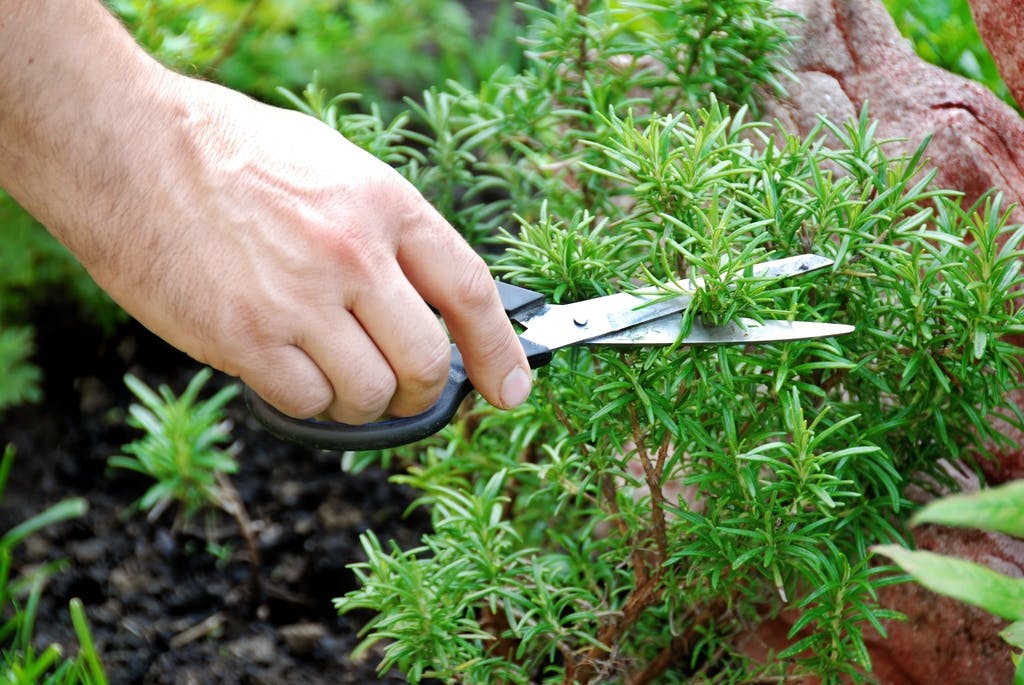
Rosemary
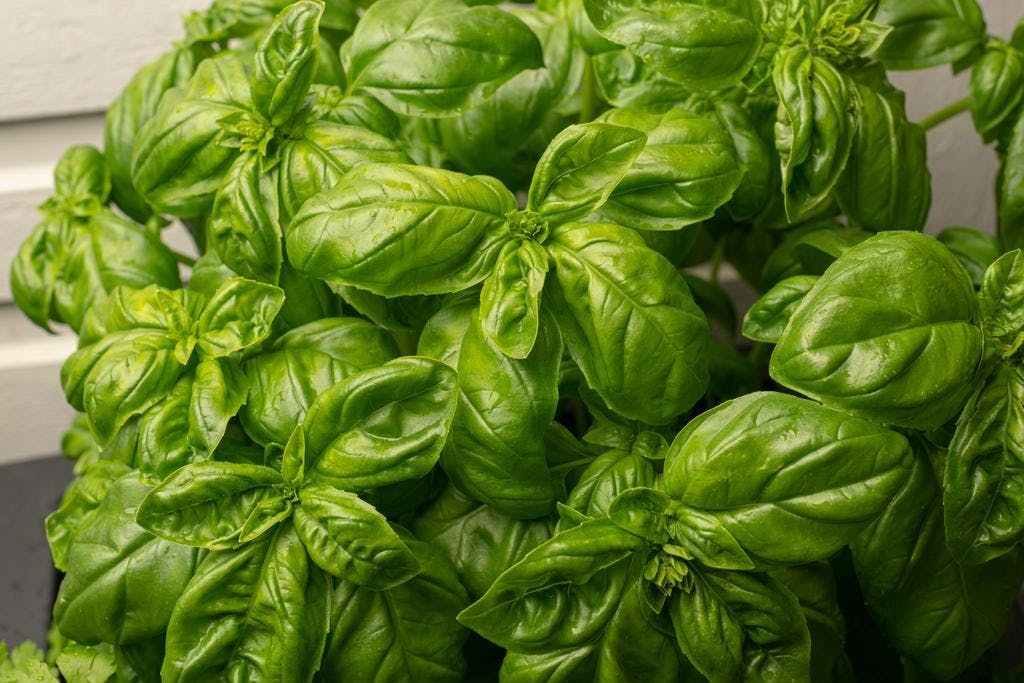
Common Basil
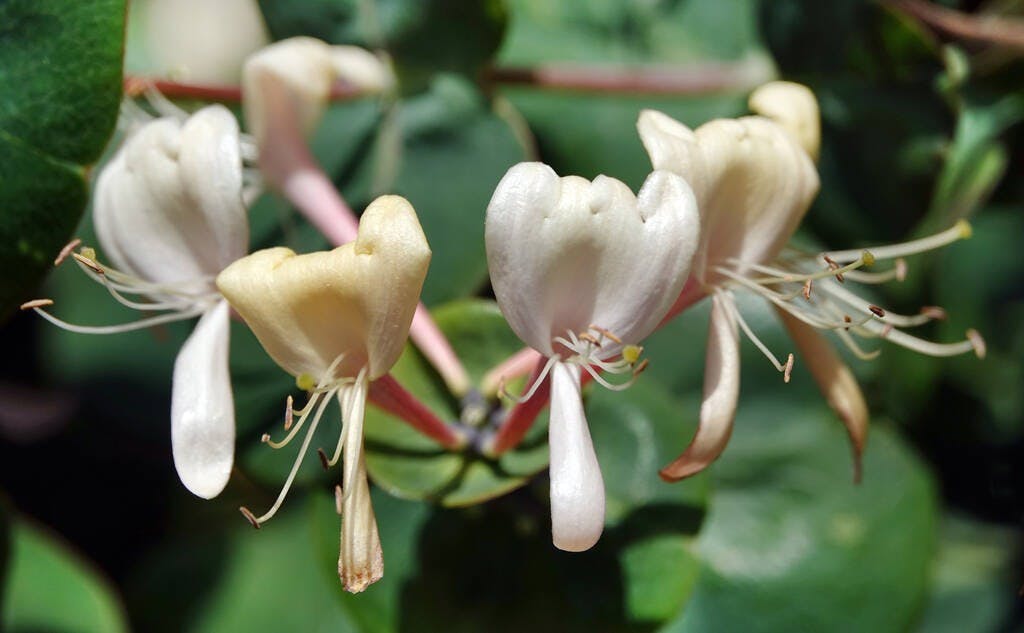
Honeysuckle

Oat
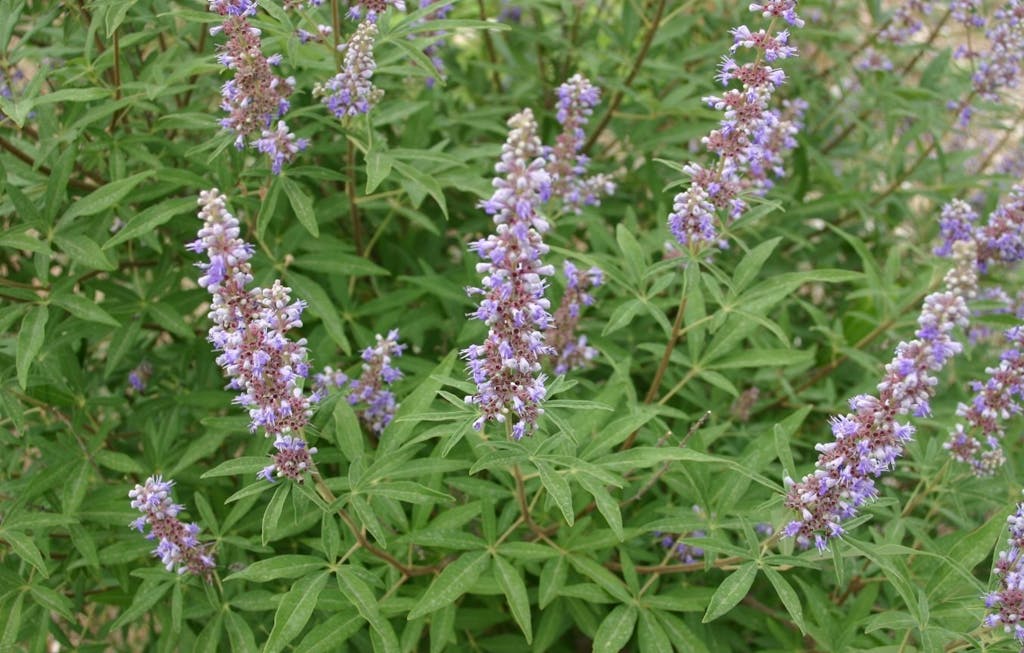
Chaste tree
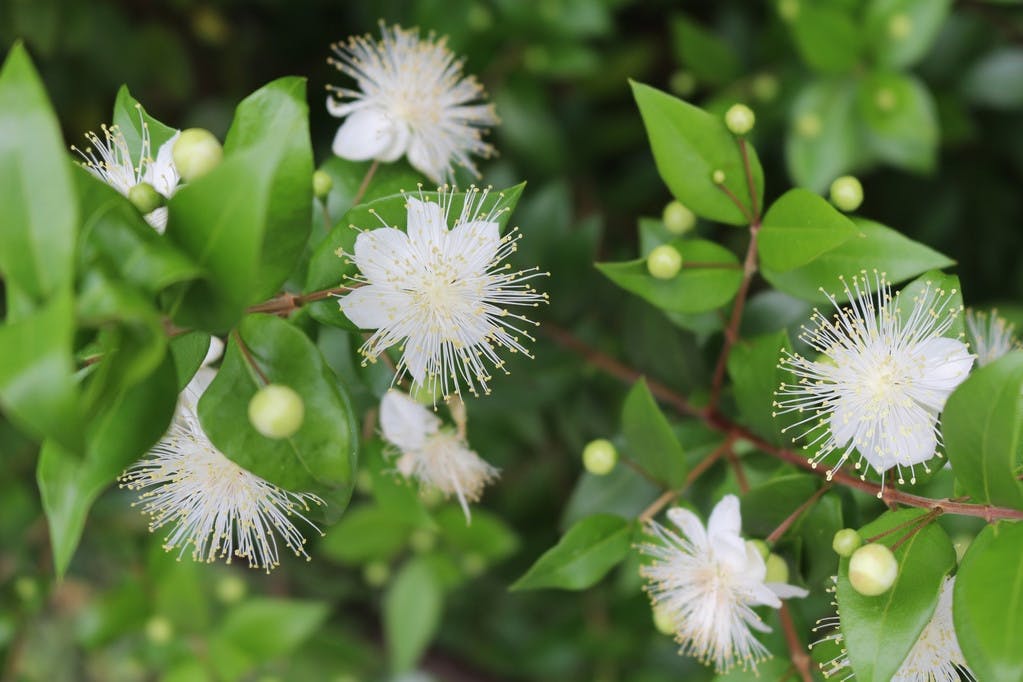
Myrtle
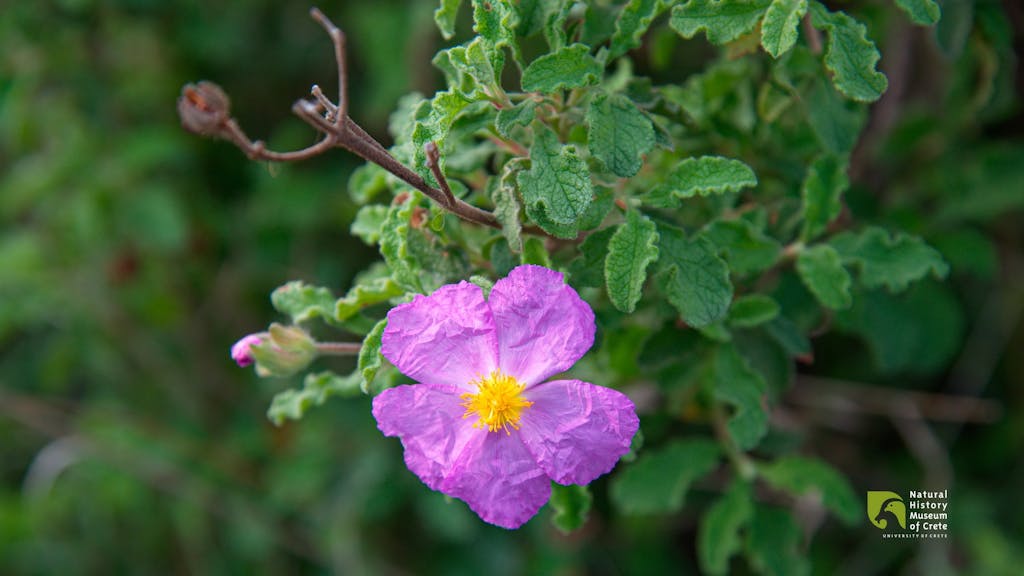
Cretan Rockrose
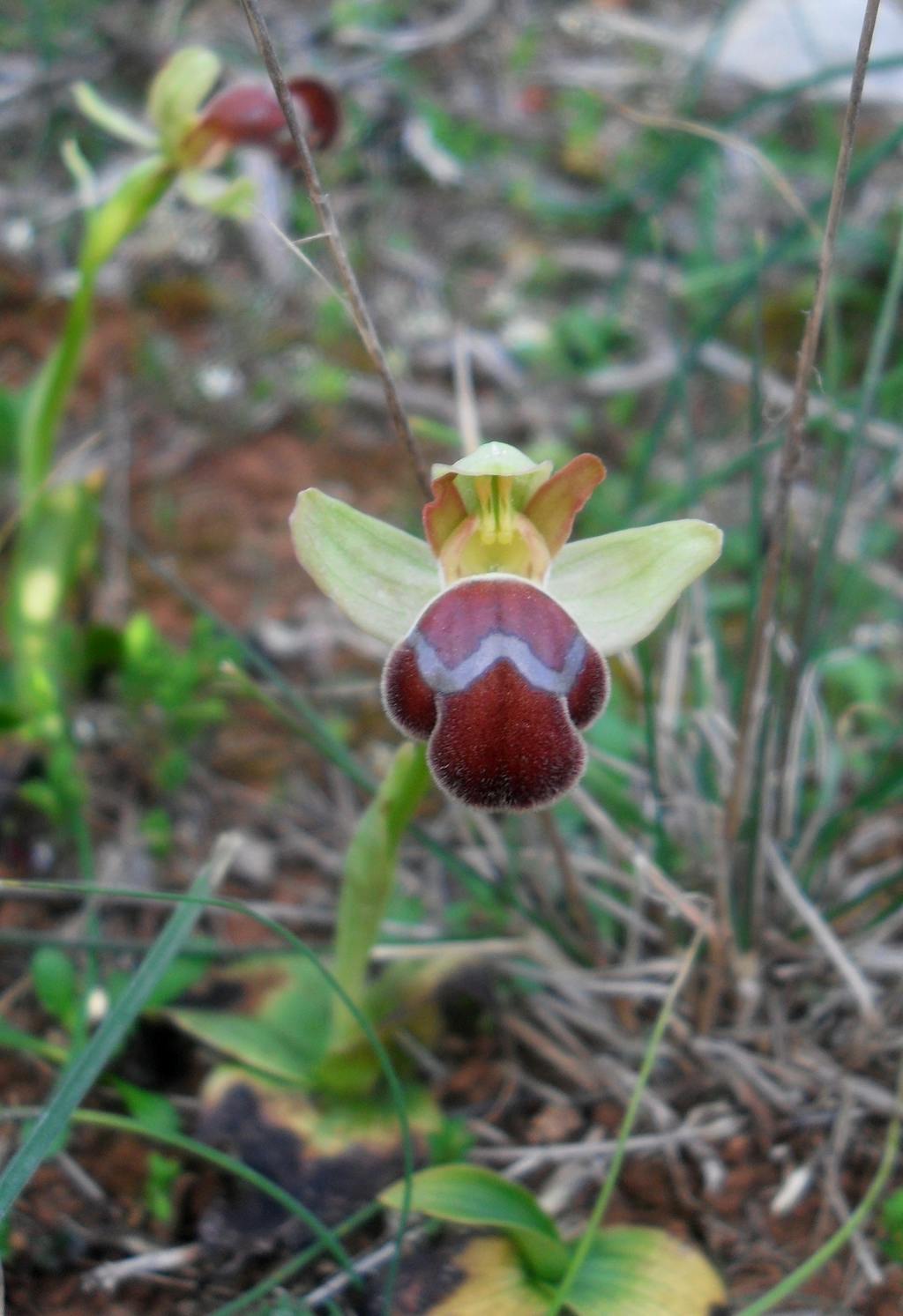
Ophrys Sitiaca
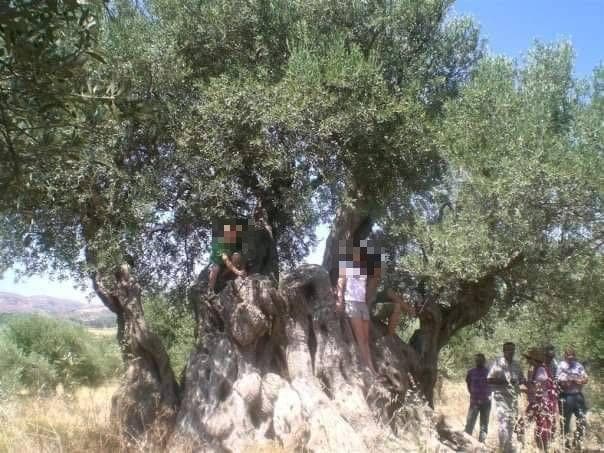
The Ancient Olive Tree of Viannos: Unveiling a Treasured Discovery
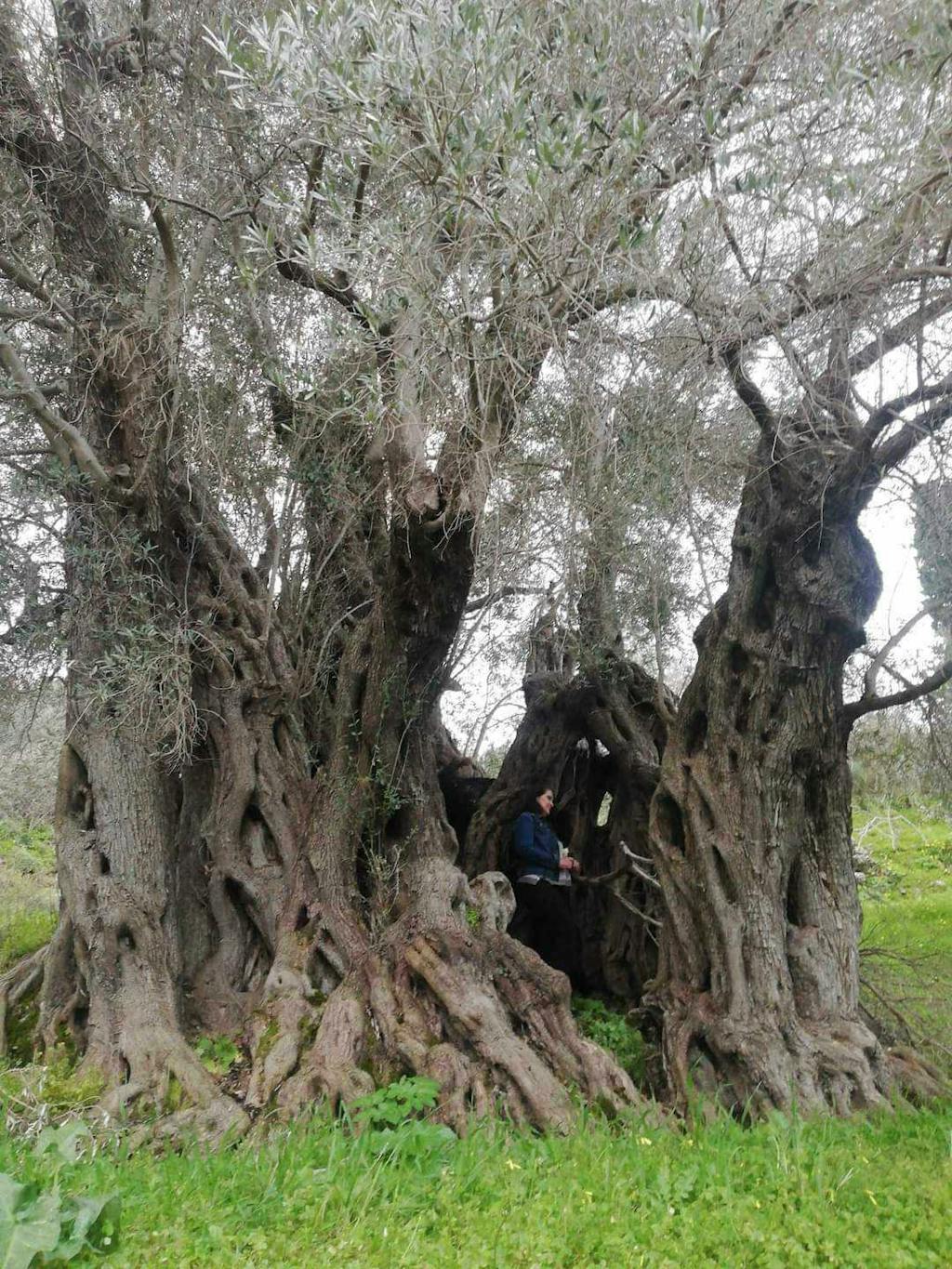
The Ancient Olive Tree of Fourfouras
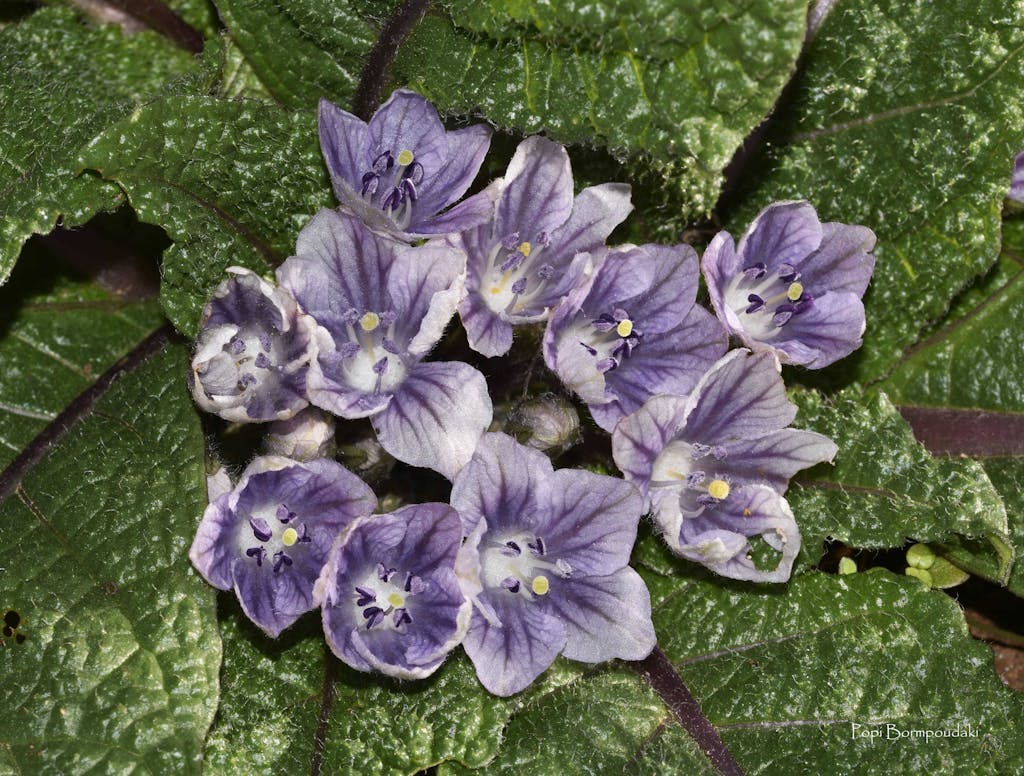
Mandrake
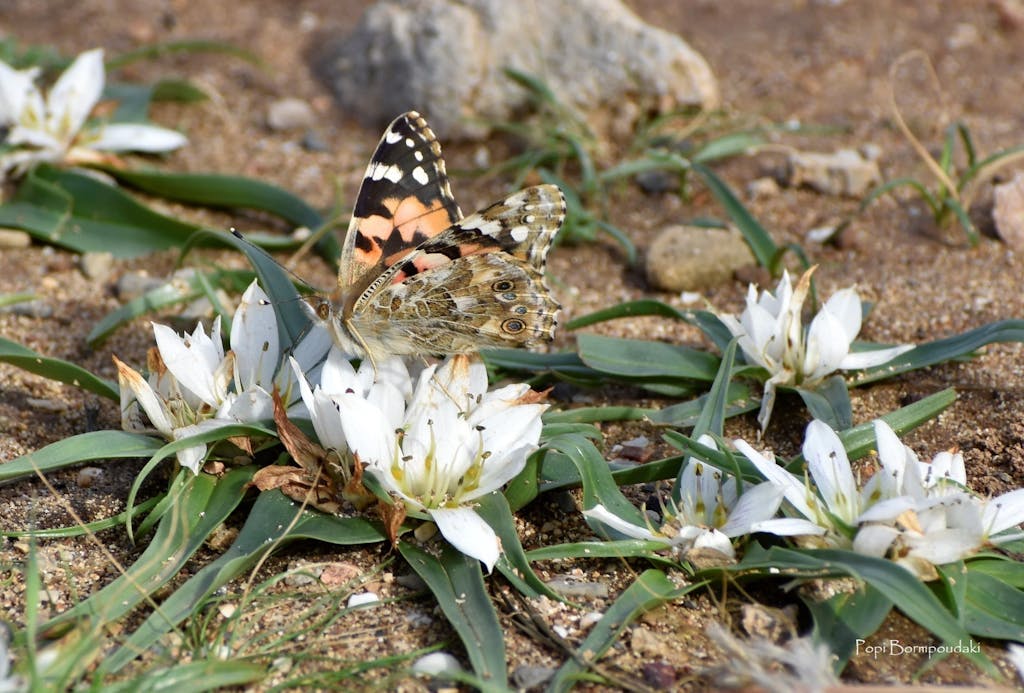
Androcymbium Rechingeri
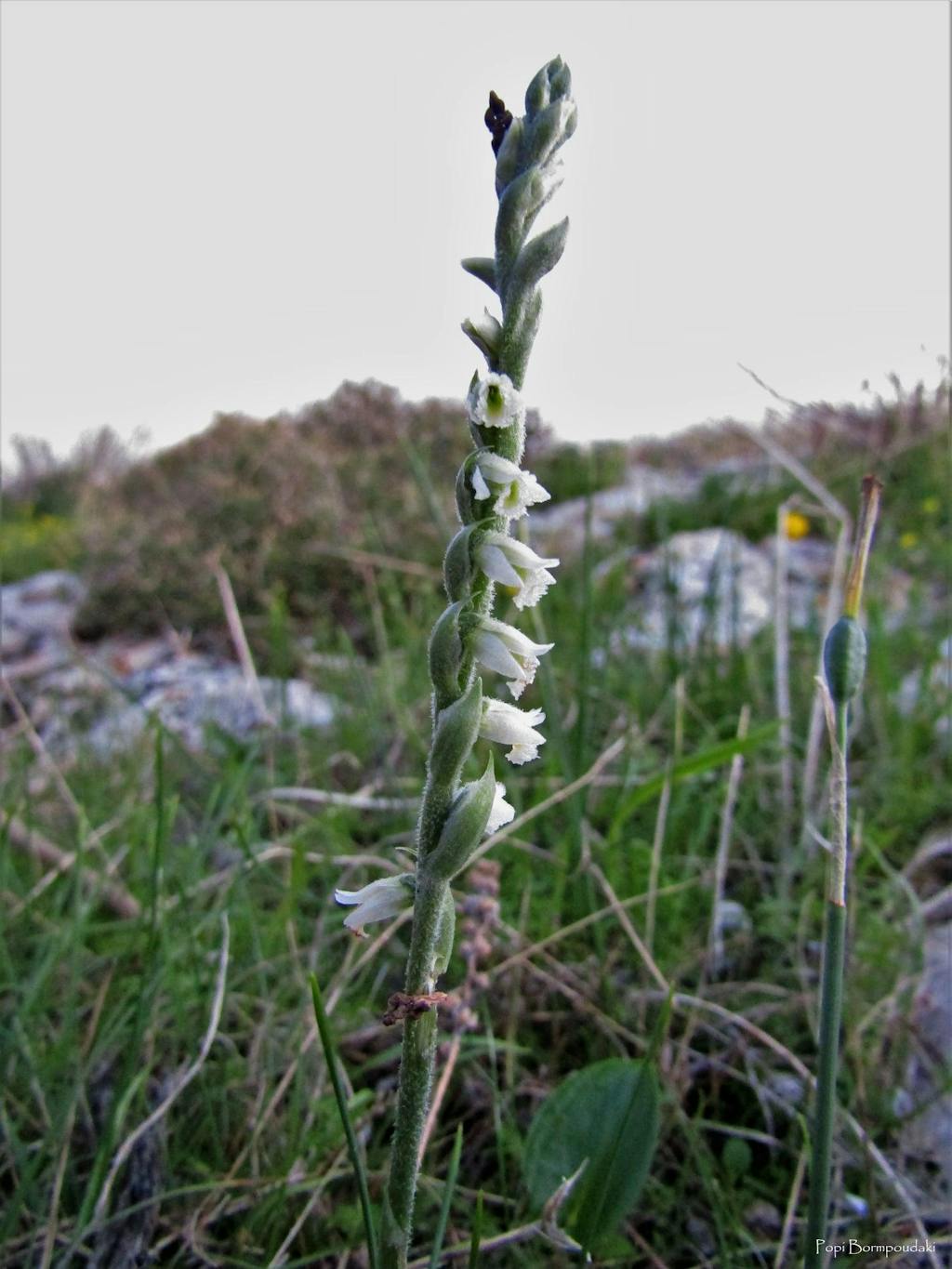
Autumn Lady's-tresses
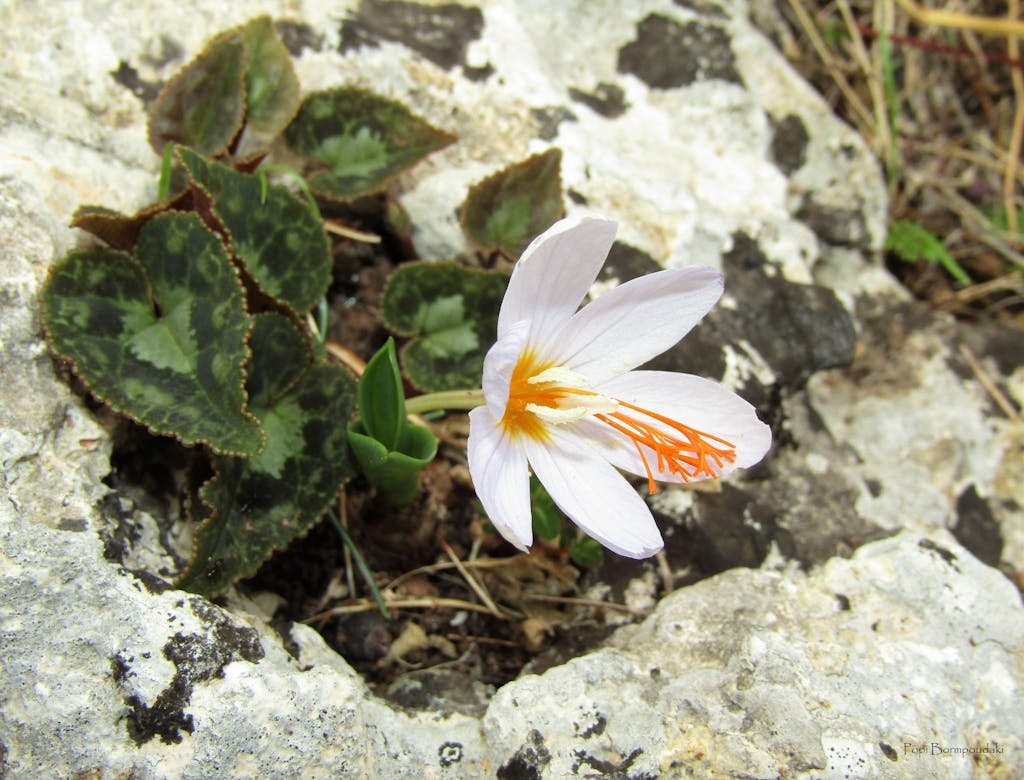
Tournefort Crocus
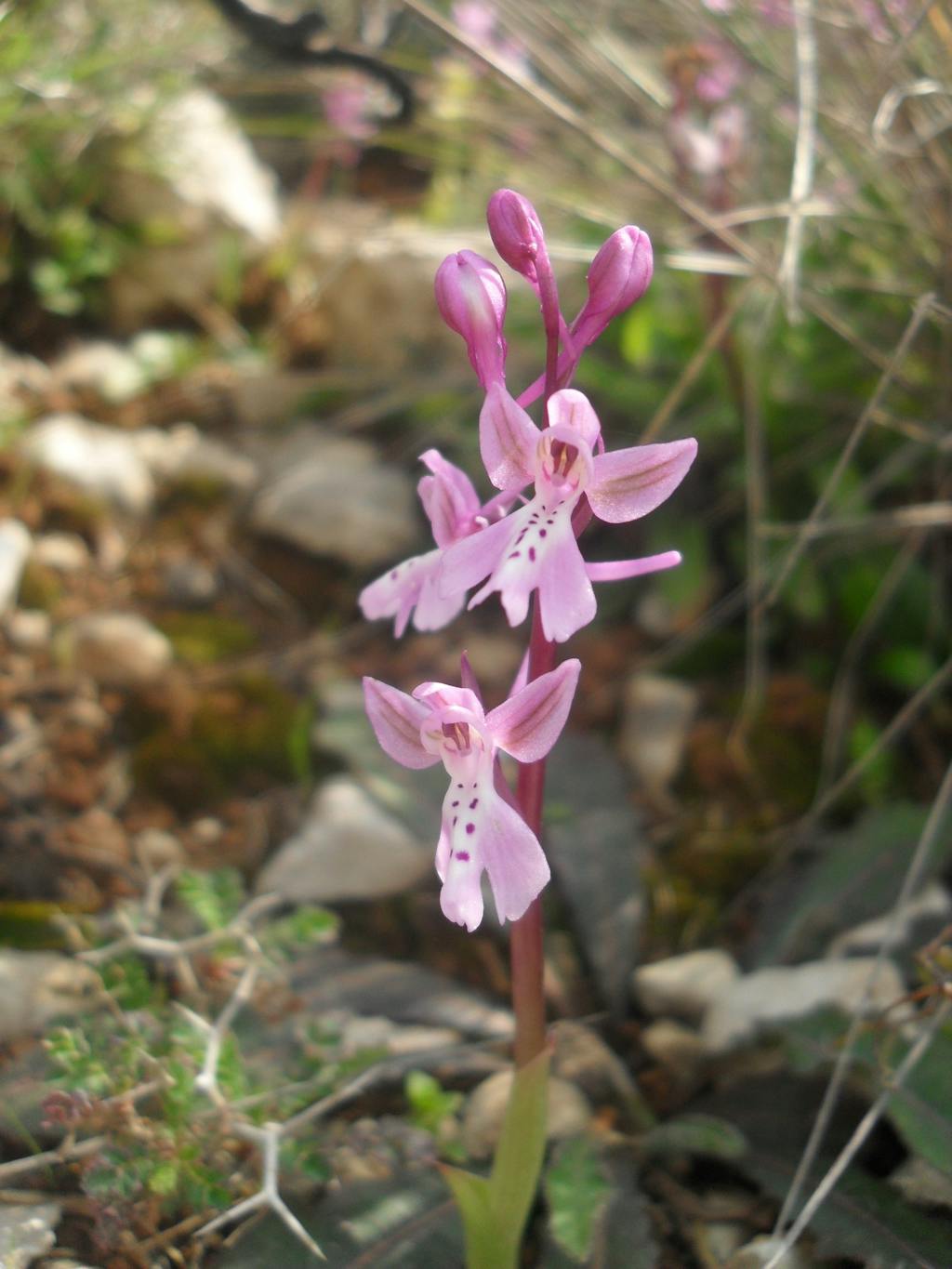
Orchis Sitiaca
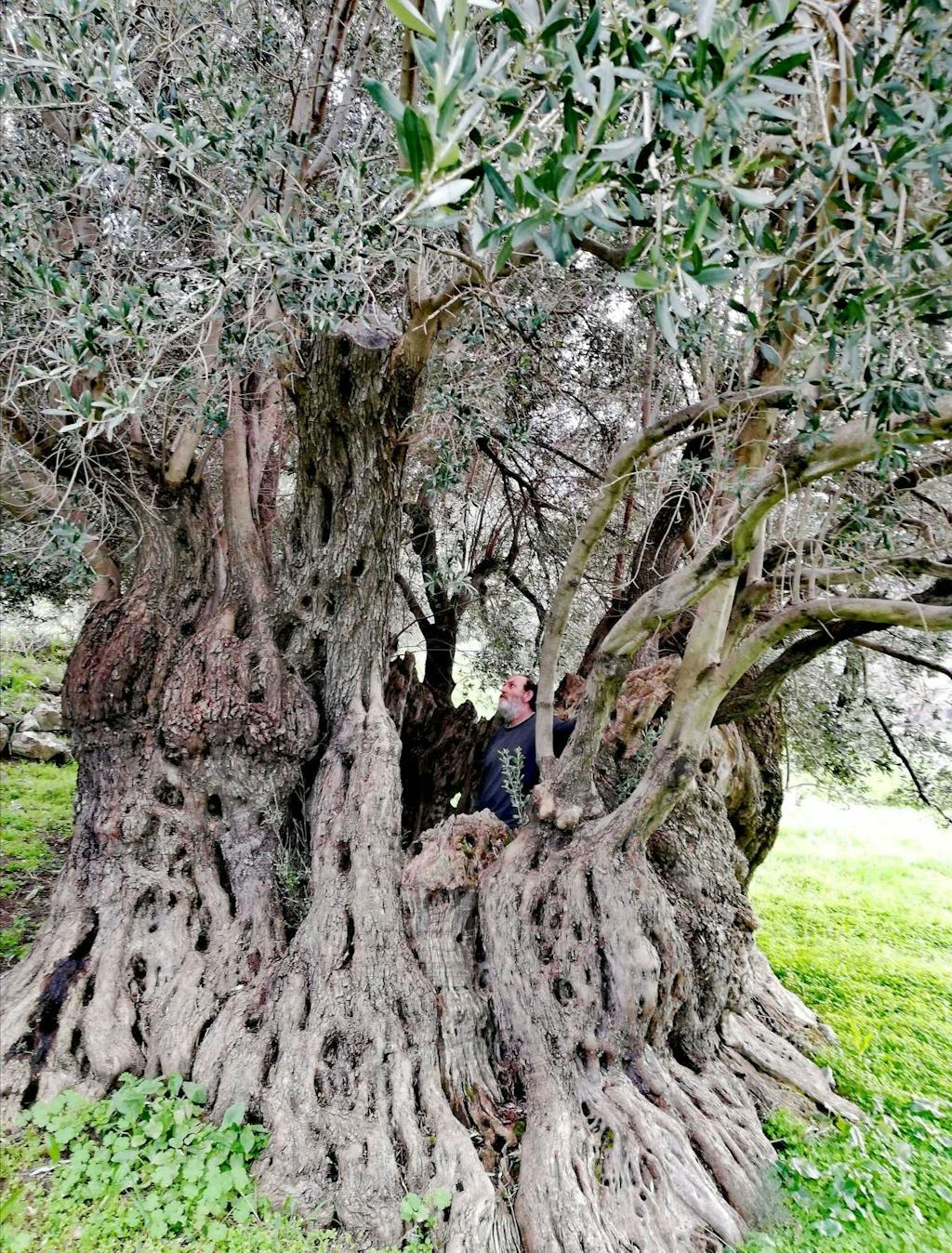
Ancient Olive Tree in Kouroutes
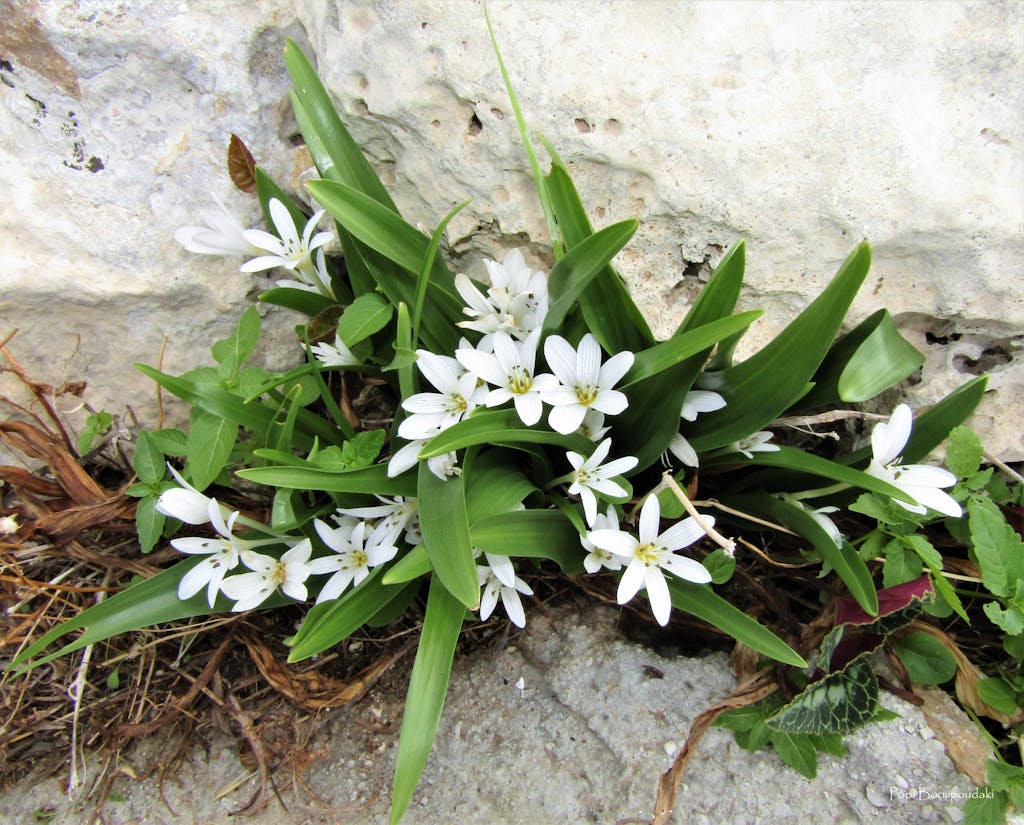
Mediterranean Meadow Saffron
